Going to La Palma for Astrophography and More
A travel report with some hopefully useful hintsLa Palma – the island of volcanoes, dark night skies and tropical green tales. Fuerteventura – the most flat island of Canary Islands and so the driest one. Like on all other Canary islands, there are a lot of wind from the Passat trade winds stream on Fuerteventura, but the the moisture from the air does not get down – good for windsurfers and kites, a challenge for all others who live in a real desert.
We left back the endless home office and are finally going to see other places. One week of hiking and astrophotography and one week of windsurfing and kiting.
– Sky-Watcher AZ-GTI mount on another photo tripod controlled by ZWO ASIAIR Pro with Canon 800D(a) and Canon telephoto lenses
– ZWO ASI294MM Pro monochrome camera with ZWO 8x filter-wheel and OAG which is supposed to be used with a rental telescope, but can also be attached to the Canon 800D(a)
– Second ASIAIR Pro to be used on the rental telescope
– Tons of cables and adapters to connect all this to possibly any rental component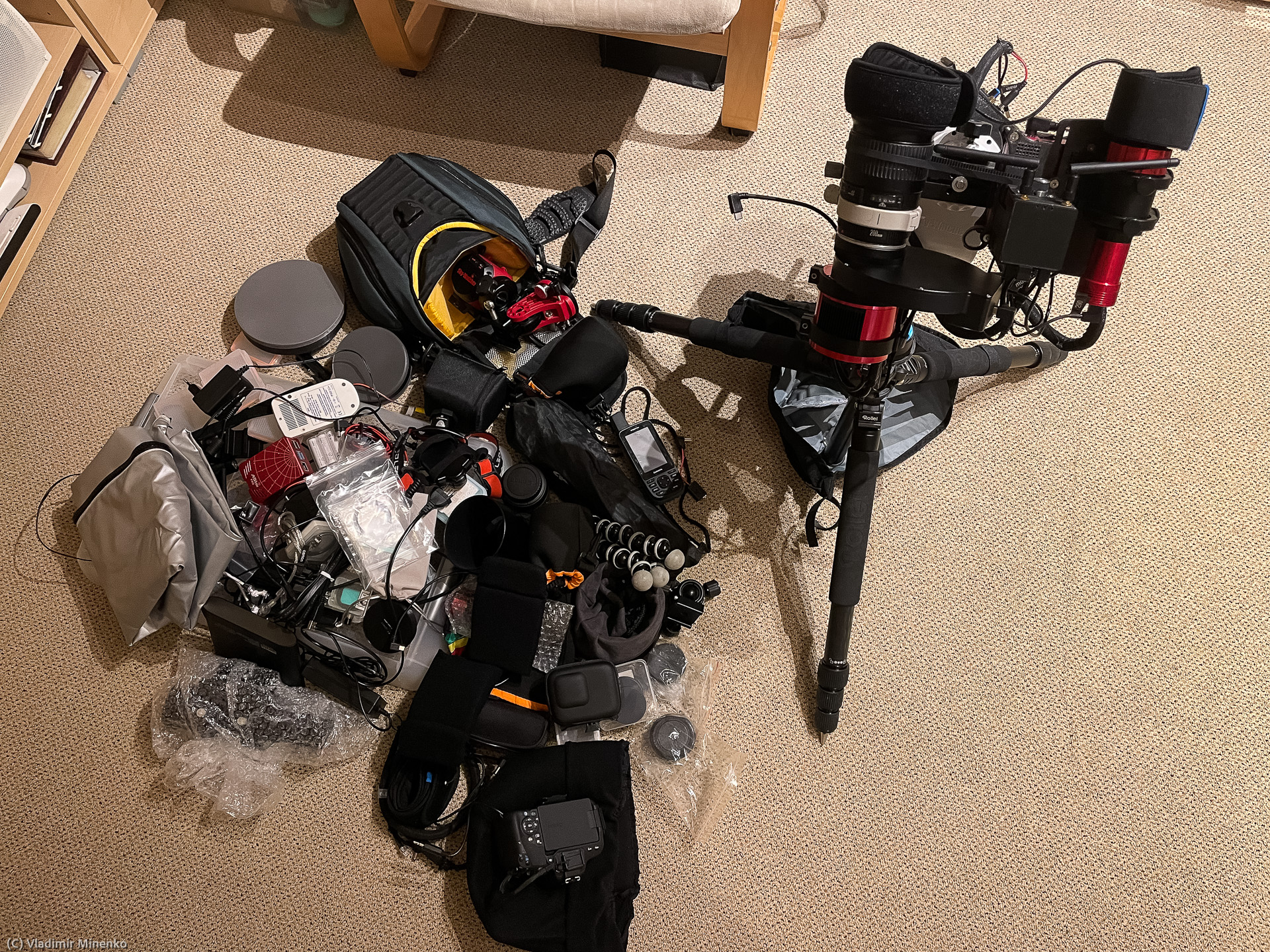 And then there was the usual question of power which led to the question of weight. Oh, boy…
I designed and made an ultimate powered counterweight which can replace a counterweight.
And then there was the usual question of power which led to the question of weight. Oh, boy…
I designed and made an ultimate powered counterweight which can replace a counterweight.
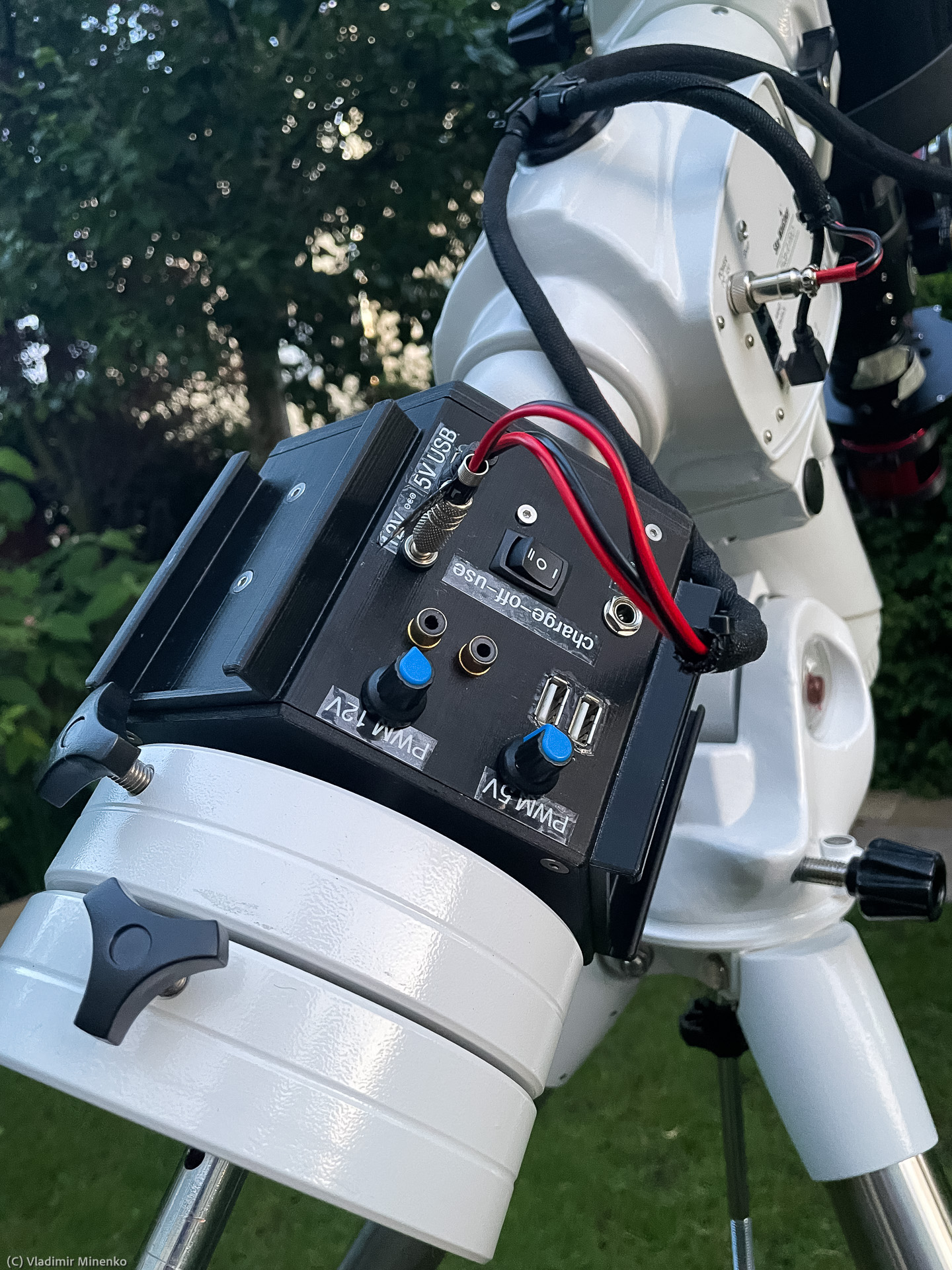 This counterweight battery has 18 replaceable 18650 LiPo cells which sum up to 233Wh. The design was made the way that you can scale the battery by leaving some cells at home. This time would be the first time I use it on a flight. How will this go? Will I get on board at all?
I was researching the rules about transportation of batteries before and learned that you always have to talk to the airline for details if it is about 100Wh and more. Details matter. It is completely up to them to let your battery(ies) come on board or not. And then you might be out of astro-power 😉 Terrible… I knew, there are 220V power outlets on each pad in the ATHOS campus, but I still thought I need to take my own power if I will go elsewhere.
This counterweight battery has 18 replaceable 18650 LiPo cells which sum up to 233Wh. The design was made the way that you can scale the battery by leaving some cells at home. This time would be the first time I use it on a flight. How will this go? Will I get on board at all?
I was researching the rules about transportation of batteries before and learned that you always have to talk to the airline for details if it is about 100Wh and more. Details matter. It is completely up to them to let your battery(ies) come on board or not. And then you might be out of astro-power 😉 Terrible… I knew, there are 220V power outlets on each pad in the ATHOS campus, but I still thought I need to take my own power if I will go elsewhere.
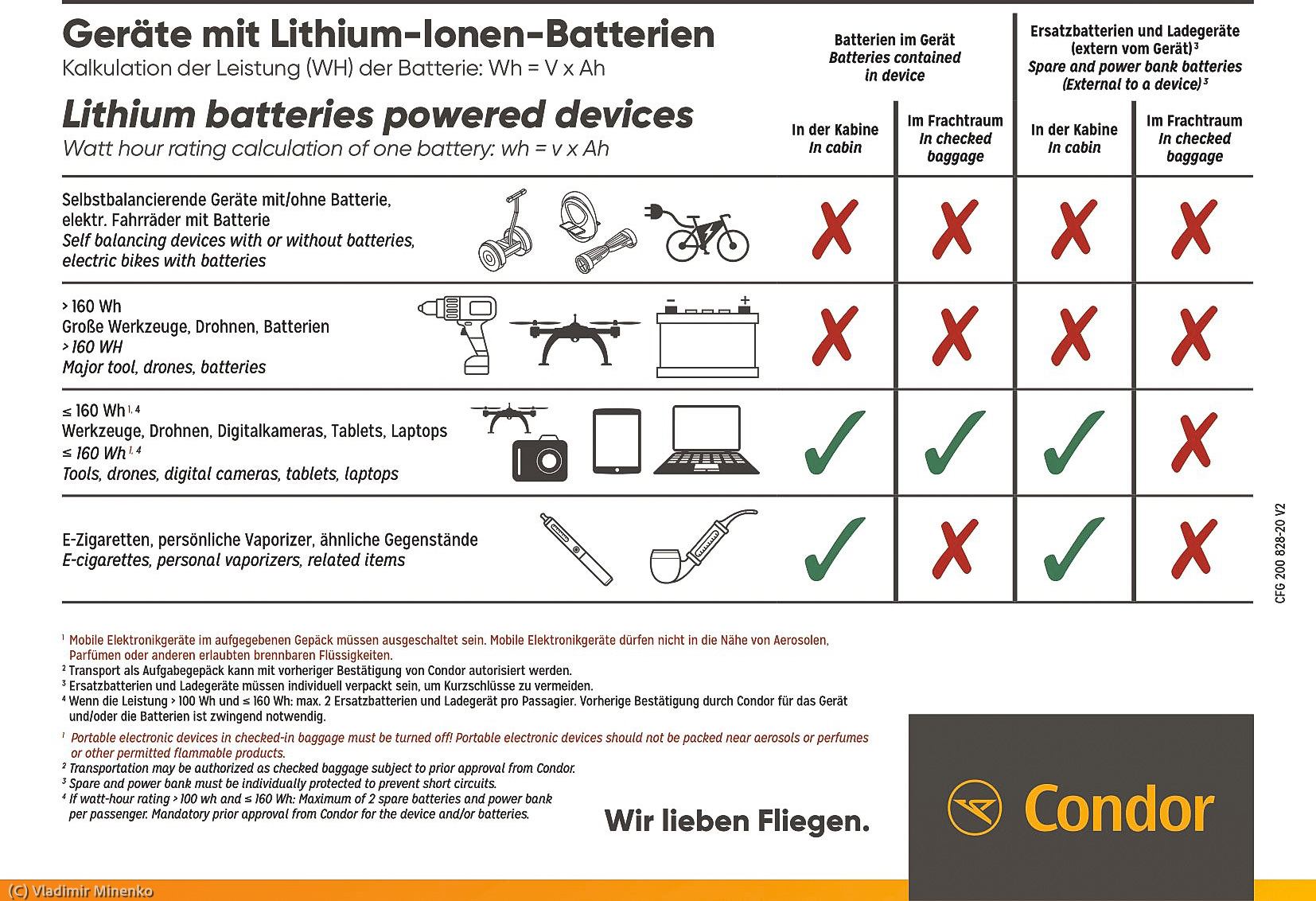 A study of the related web pages of Condor has quickly shown that the astrophotography use case if not covered. A talk to their hotline resulted in a request to send an email to the Special Assistance with all details. After two days of waiting for reply, the lady from Special Assistance said that I should send the “security certificate” of my batteries to the same email address and call again one hour later so that we can discuss this.
There is no such thing as a “security certificate” for any battery, I think. I downloaded the official specs of the Samsung cells I use and sent that over. Another lady on the phone one hour later, did not search for my email with the specs and just said that I should not worry too much in my case. The 100Wh and 160Wh limits are set for large single batteries, for example for an e-bike. If I have many small ones, it is OK, I’m allowed to take up to ten devices and each of these could have some spare batteries. She did not specify any further how many spare batteries are OK. On the next day someone else discovered my email and replied that that I should send a list of all devices and batteries which I plan to take with me I did this as well.
It was in the afternoon of day before the departure. Clearly, whatever this specialist would reply, it will not matter to my travel anymore. It is too late. I need a plan B for this first time.
The plan B was to take the Lionite 90Wh powerbank, which is below 100Wh and instead take all other batteries too which also sum up to around 90Wh due to the drone I also wanted to take. We are two persons. This should work. We also booked Economy Premium which allows 10kg hand luggage and 25kg for check in. 10kg more than Economy, and it was needed.
A study of the related web pages of Condor has quickly shown that the astrophotography use case if not covered. A talk to their hotline resulted in a request to send an email to the Special Assistance with all details. After two days of waiting for reply, the lady from Special Assistance said that I should send the “security certificate” of my batteries to the same email address and call again one hour later so that we can discuss this.
There is no such thing as a “security certificate” for any battery, I think. I downloaded the official specs of the Samsung cells I use and sent that over. Another lady on the phone one hour later, did not search for my email with the specs and just said that I should not worry too much in my case. The 100Wh and 160Wh limits are set for large single batteries, for example for an e-bike. If I have many small ones, it is OK, I’m allowed to take up to ten devices and each of these could have some spare batteries. She did not specify any further how many spare batteries are OK. On the next day someone else discovered my email and replied that that I should send a list of all devices and batteries which I plan to take with me I did this as well.
It was in the afternoon of day before the departure. Clearly, whatever this specialist would reply, it will not matter to my travel anymore. It is too late. I need a plan B for this first time.
The plan B was to take the Lionite 90Wh powerbank, which is below 100Wh and instead take all other batteries too which also sum up to around 90Wh due to the drone I also wanted to take. We are two persons. This should work. We also booked Economy Premium which allows 10kg hand luggage and 25kg for check in. 10kg more than Economy, and it was needed.
 And while checking in online for my flight, the rules for batteries have been shown in much a better form on one of the steps of the wizard where you have to click all the things you agree with.
Many days later, when I already arrived in La Palma, the another specialist from Condor Special Assistance replied to my emails with a list of devices and batteries. The response was that I can take all the batteries and devices with me as planned, since none of them has the power larger than 100Wh in a single battery. Nice! Well, I now at least know that my concept did make sense: you can take quite some battery power with you as long as it is split in small batteries.
And while checking in online for my flight, the rules for batteries have been shown in much a better form on one of the steps of the wizard where you have to click all the things you agree with.
Many days later, when I already arrived in La Palma, the another specialist from Condor Special Assistance replied to my emails with a list of devices and batteries. The response was that I can take all the batteries and devices with me as planned, since none of them has the power larger than 100Wh in a single battery. Nice! Well, I now at least know that my concept did make sense: you can take quite some battery power with you as long as it is split in small batteries.
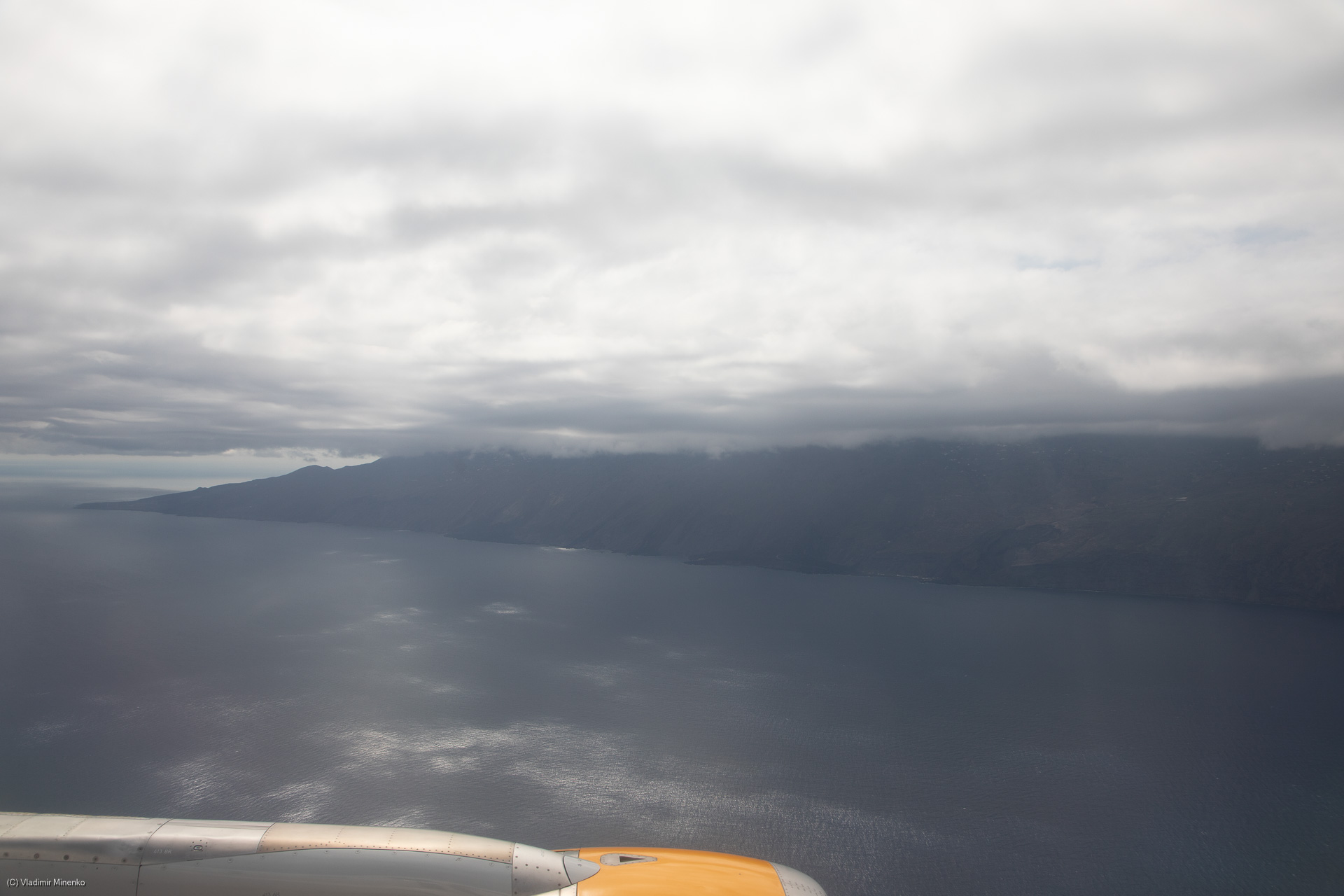 It will get better on the west side, whereas fully clear skies are rare here during the day in general.
It will get better on the west side, whereas fully clear skies are rare here during the day in general.
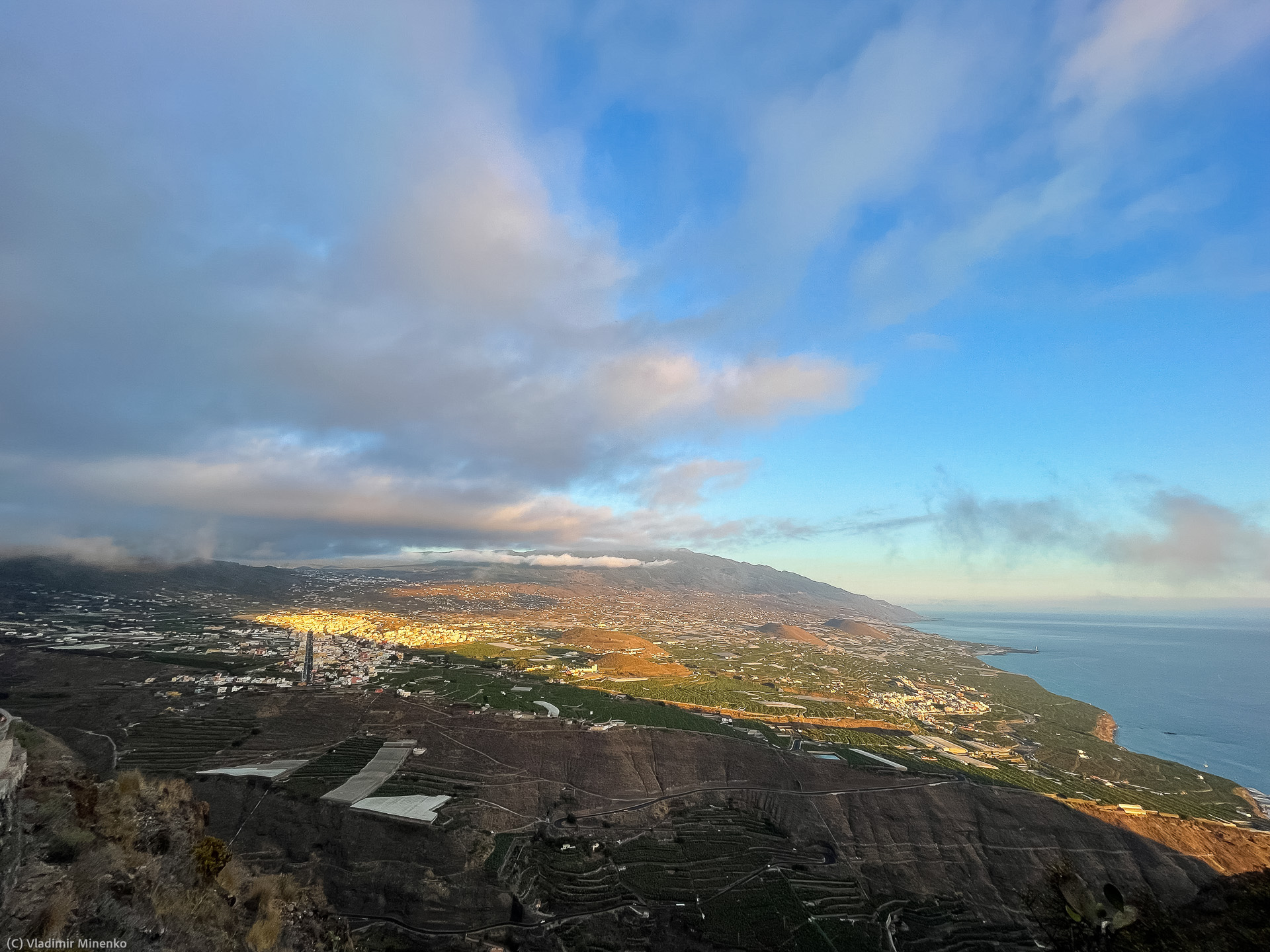 The sky clears up in the evening. Well, on the right place. There are two layers of local clouds. One is on around 200-300m above the see level and another one is at around 1400m. ATHOS is on 900m and is located in the shadow of a larger peak. The peak blocks the winds from North and East and so clears the skies more than on other places below the magic 1400m level. There must be more magic with the local micro climate as we saw later.
The night sky on La Palma is definitely absolutely incredible. The Milky Way is so bright and rich on details that you can watch it for hours just with naked eyes. The picture below was made with an iPhone 12 hand-held
The sky clears up in the evening. Well, on the right place. There are two layers of local clouds. One is on around 200-300m above the see level and another one is at around 1400m. ATHOS is on 900m and is located in the shadow of a larger peak. The peak blocks the winds from North and East and so clears the skies more than on other places below the magic 1400m level. There must be more magic with the local micro climate as we saw later.
The night sky on La Palma is definitely absolutely incredible. The Milky Way is so bright and rich on details that you can watch it for hours just with naked eyes. The picture below was made with an iPhone 12 hand-held
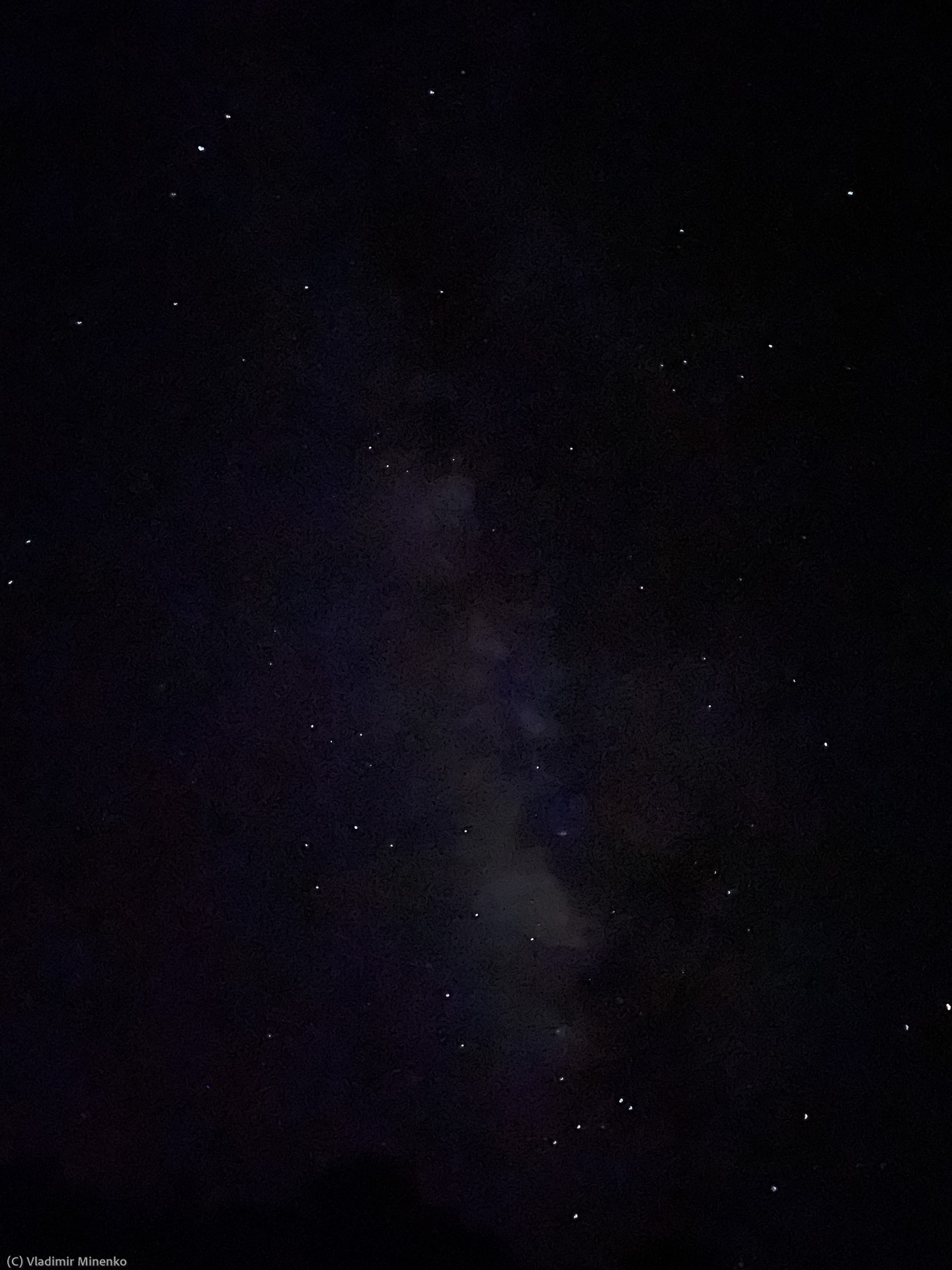 In the Munich alpine region, on my Bortle 3-4 sports, the same attempt results in a picture of a black rectangle with a few white points, even though you still can see the Milky Way pretty well with naked eyes. On La Palma is it fundamentally different!
In the Munich alpine region, on my Bortle 3-4 sports, the same attempt results in a picture of a black rectangle with a few white points, even though you still can see the Milky Way pretty well with naked eyes. On La Palma is it fundamentally different!
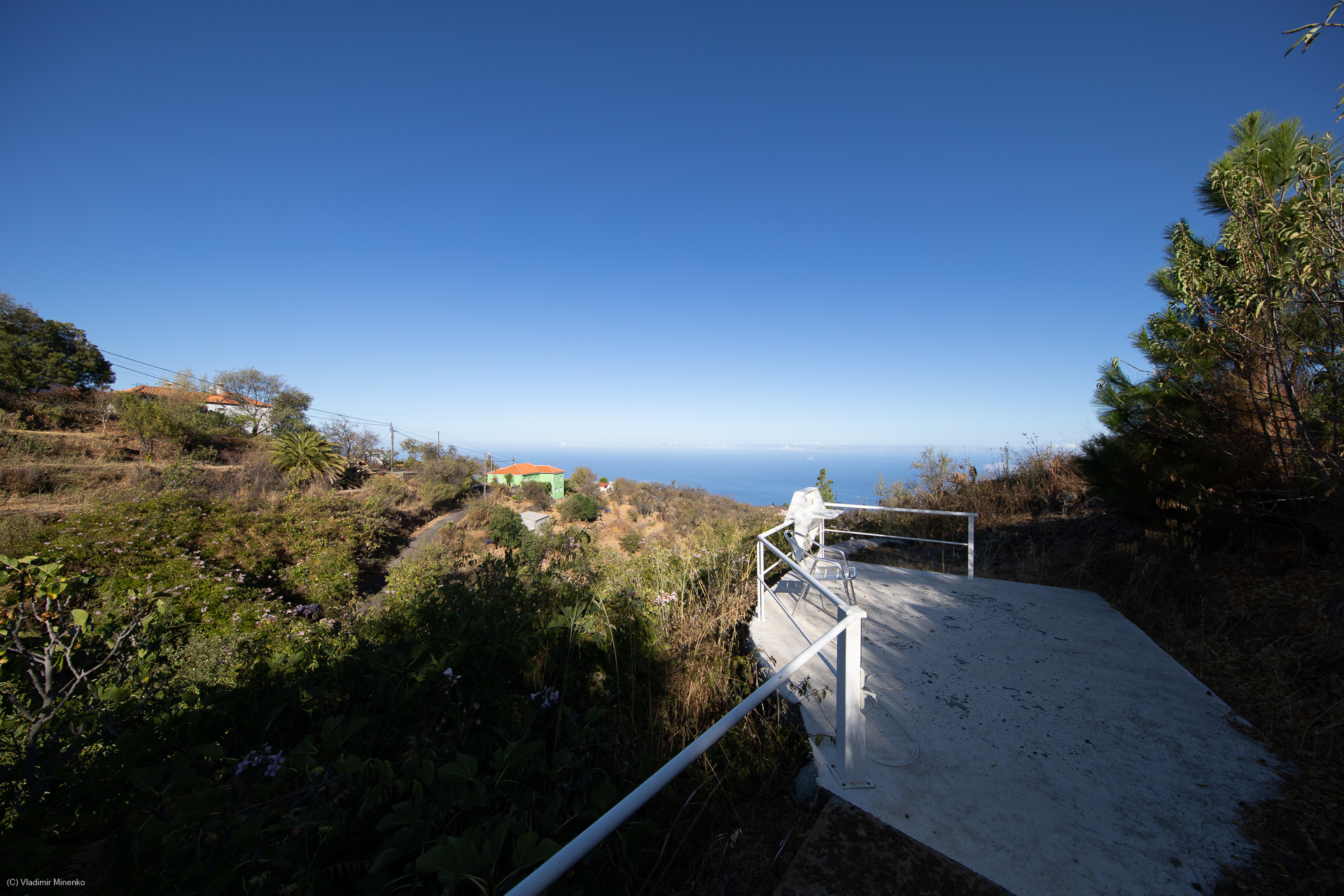 Certainly powered by my mounting kit for ASIAIR and EAF!
Certainly powered by my mounting kit for ASIAIR and EAF!
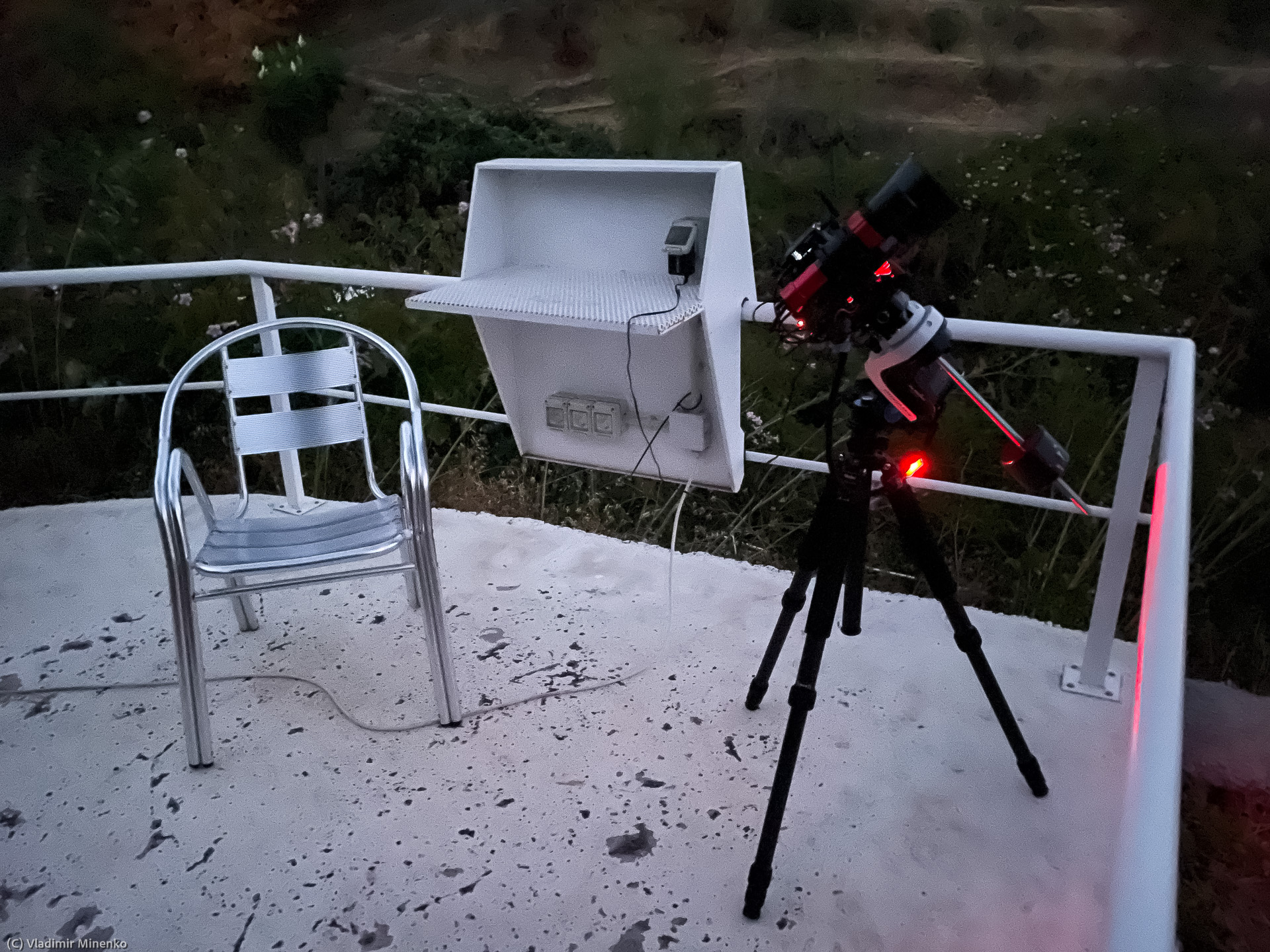 In the rush around batteries, I did not get a specific plan which objects to target with the 200mm Canon lens and ASI294MM Pro attached to it. I ended up with North America nebula, but it was already around midnight. I started the sequence on ASIAIR and went sleeping. The local pad is located around 30m away from the cottage and around 4m up on a side of a small hill. The way is lit with red lamps. Nice details! It has a local 220V power and small table for various things and a notebook for those who need it.
In the rush around batteries, I did not get a specific plan which objects to target with the 200mm Canon lens and ASI294MM Pro attached to it. I ended up with North America nebula, but it was already around midnight. I started the sequence on ASIAIR and went sleeping. The local pad is located around 30m away from the cottage and around 4m up on a side of a small hill. The way is lit with red lamps. Nice details! It has a local 220V power and small table for various things and a notebook for those who need it.
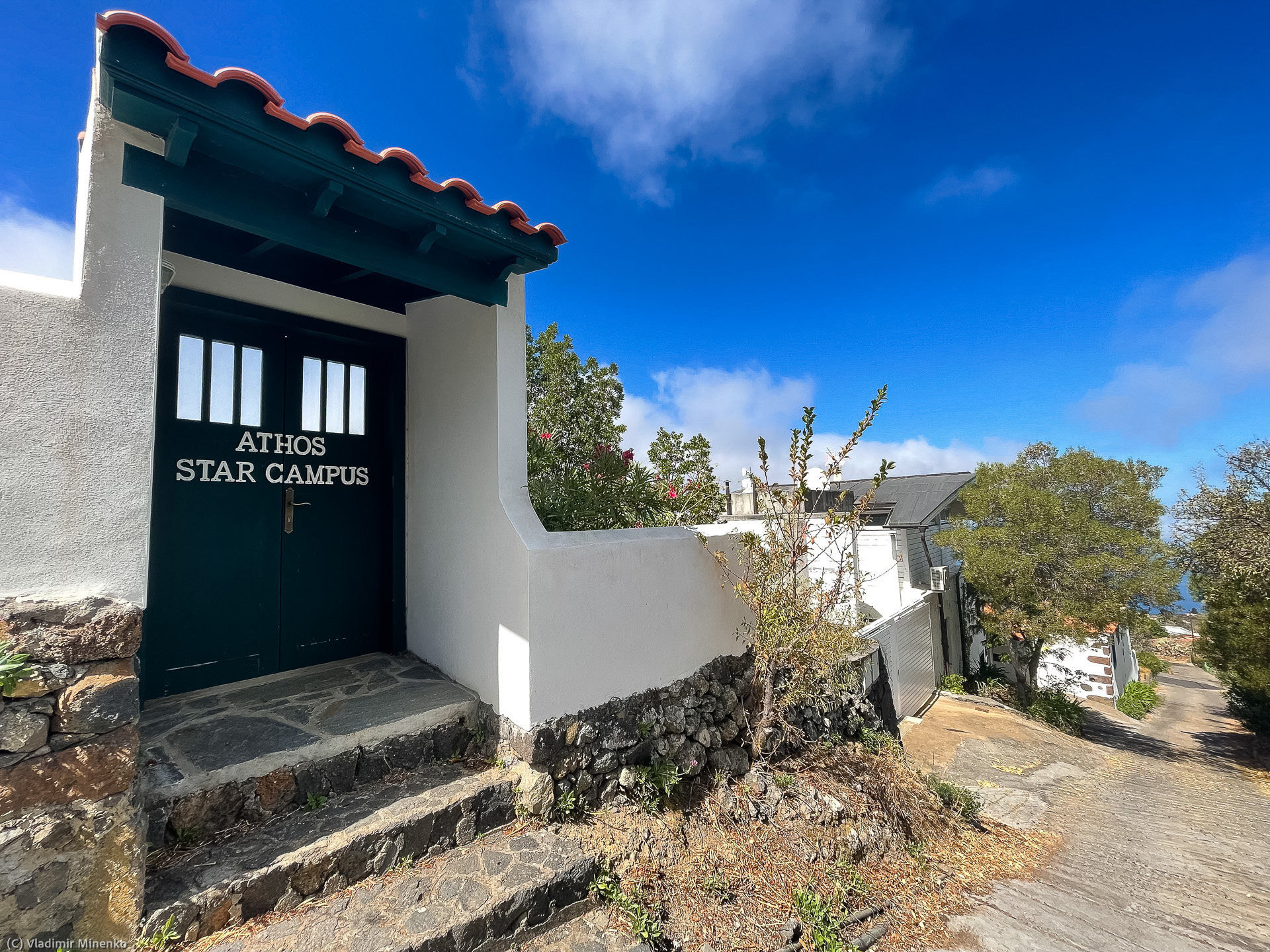 ATHOS is a really nice place, a small paradise for all types of astronomic hobbies! No, I do not have any stakes in ATHOS. I just liked it! 😉 After the tour, we went down to the village, and had a late lunch. In the opposite to all personal forecasts and the radar views on the Internet, quite some high clouds came in closer to the night. The dark time started here at around 10:30pm at this time of the year. Still, at around 11pm, the sky was almost totally cloudy, except some random holes. I decided to skip astrophotography in this night and went sleeping earlier. Others reported on the next day, that the sky still cleared out at around 2am in the night. So, there were around 4h of imaging time possible until the end of the dark time. Instead of the rush with the gear, we had a great dinner at the Camu Camu cafe. As it turned out, it is the only place in a walking distance, but the food is far better than in many fancy restaurants in Munich for double price.
ATHOS is a really nice place, a small paradise for all types of astronomic hobbies! No, I do not have any stakes in ATHOS. I just liked it! 😉 After the tour, we went down to the village, and had a late lunch. In the opposite to all personal forecasts and the radar views on the Internet, quite some high clouds came in closer to the night. The dark time started here at around 10:30pm at this time of the year. Still, at around 11pm, the sky was almost totally cloudy, except some random holes. I decided to skip astrophotography in this night and went sleeping earlier. Others reported on the next day, that the sky still cleared out at around 2am in the night. So, there were around 4h of imaging time possible until the end of the dark time. Instead of the rush with the gear, we had a great dinner at the Camu Camu cafe. As it turned out, it is the only place in a walking distance, but the food is far better than in many fancy restaurants in Munich for double price.
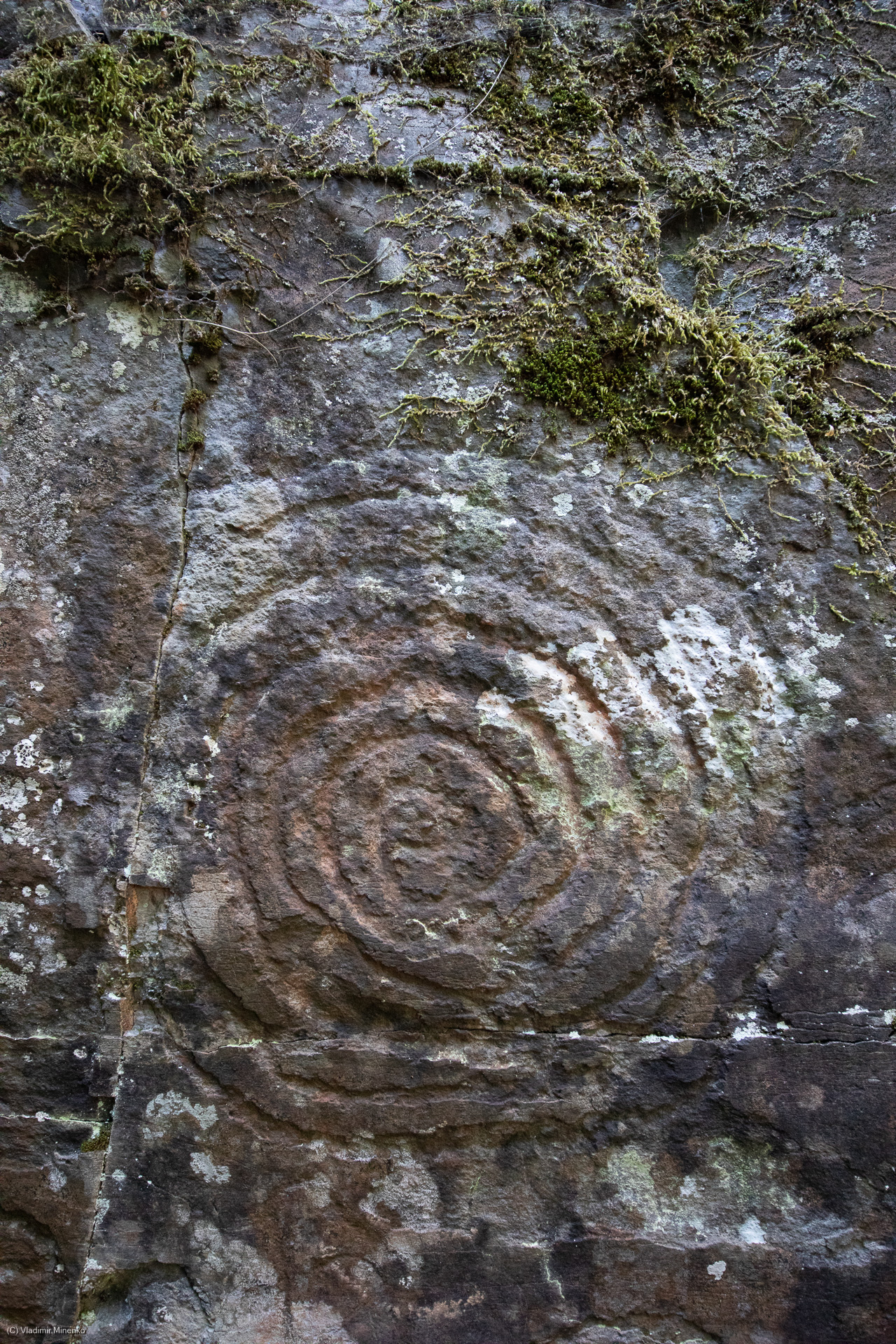 After this, we went to the famous Roque de los Muchachos with the observatory
After this, we went to the famous Roque de los Muchachos with the observatory
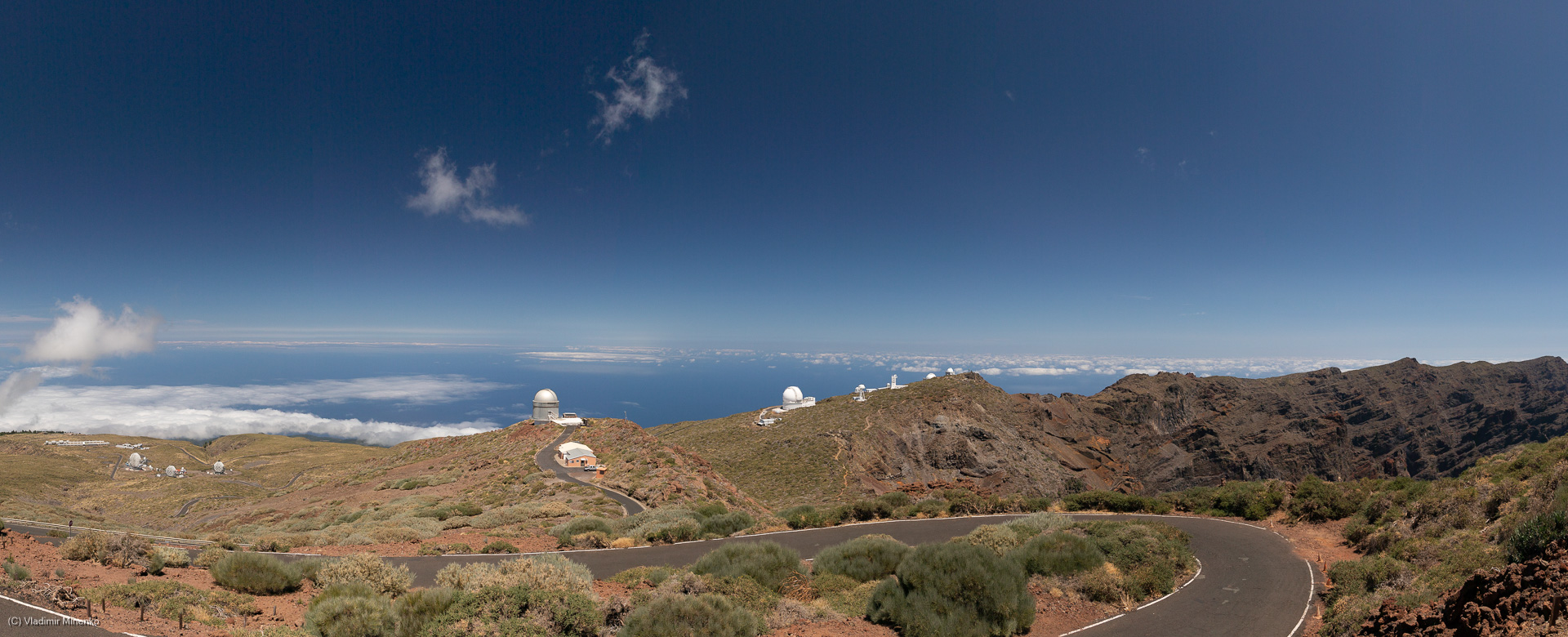 and the great hike along the rim of the Caldera de Taburiente.
and the great hike along the rim of the Caldera de Taburiente.
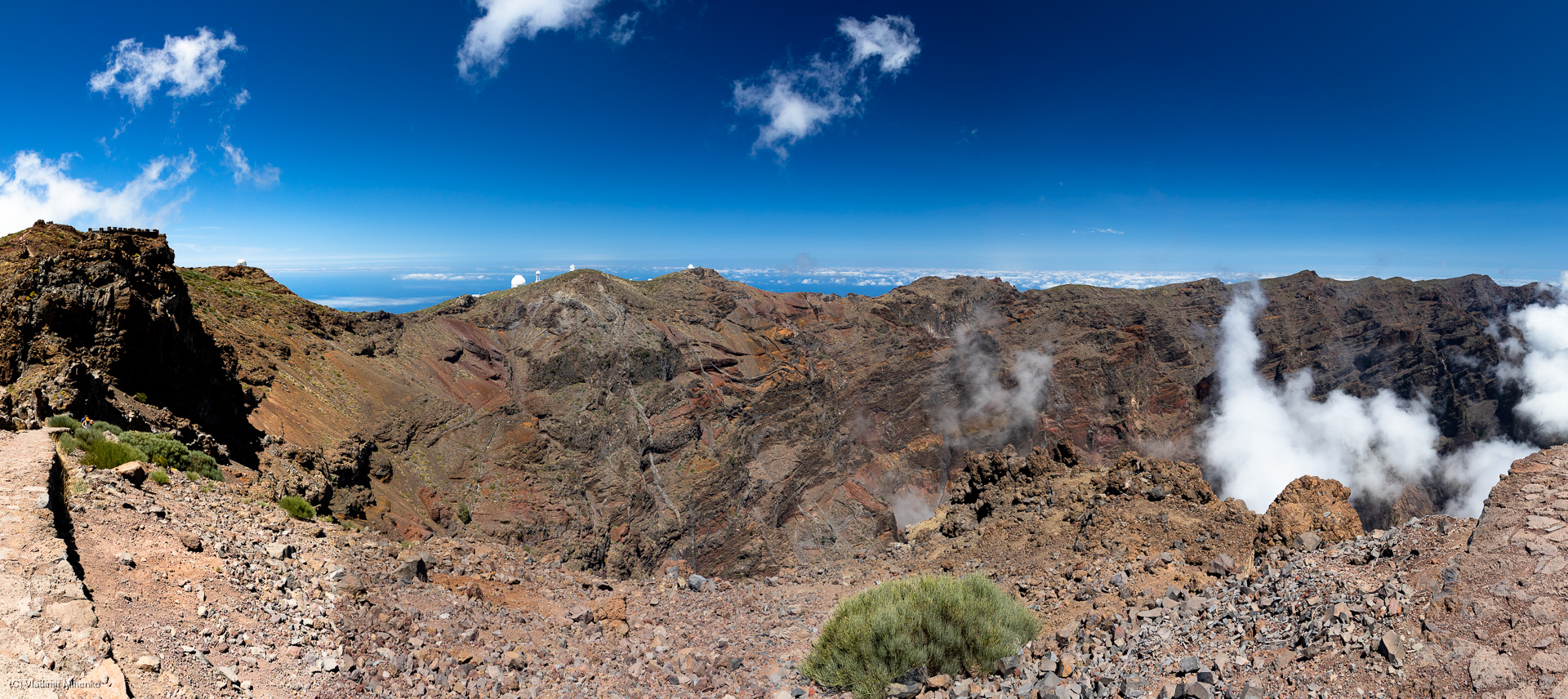 Both are absolutely must-see and -do! I was looking for good spots for astrophotography along the west side road to the Roque while going there, but this turned out being not relevant when we arrived on the top. There are a lot of good places on the top of the public road and around the entrance to the observatory campus. The campus itself is closed from 8pm to 7am in the morning,
Both are absolutely must-see and -do! I was looking for good spots for astrophotography along the west side road to the Roque while going there, but this turned out being not relevant when we arrived on the top. There are a lot of good places on the top of the public road and around the entrance to the observatory campus. The campus itself is closed from 8pm to 7am in the morning,
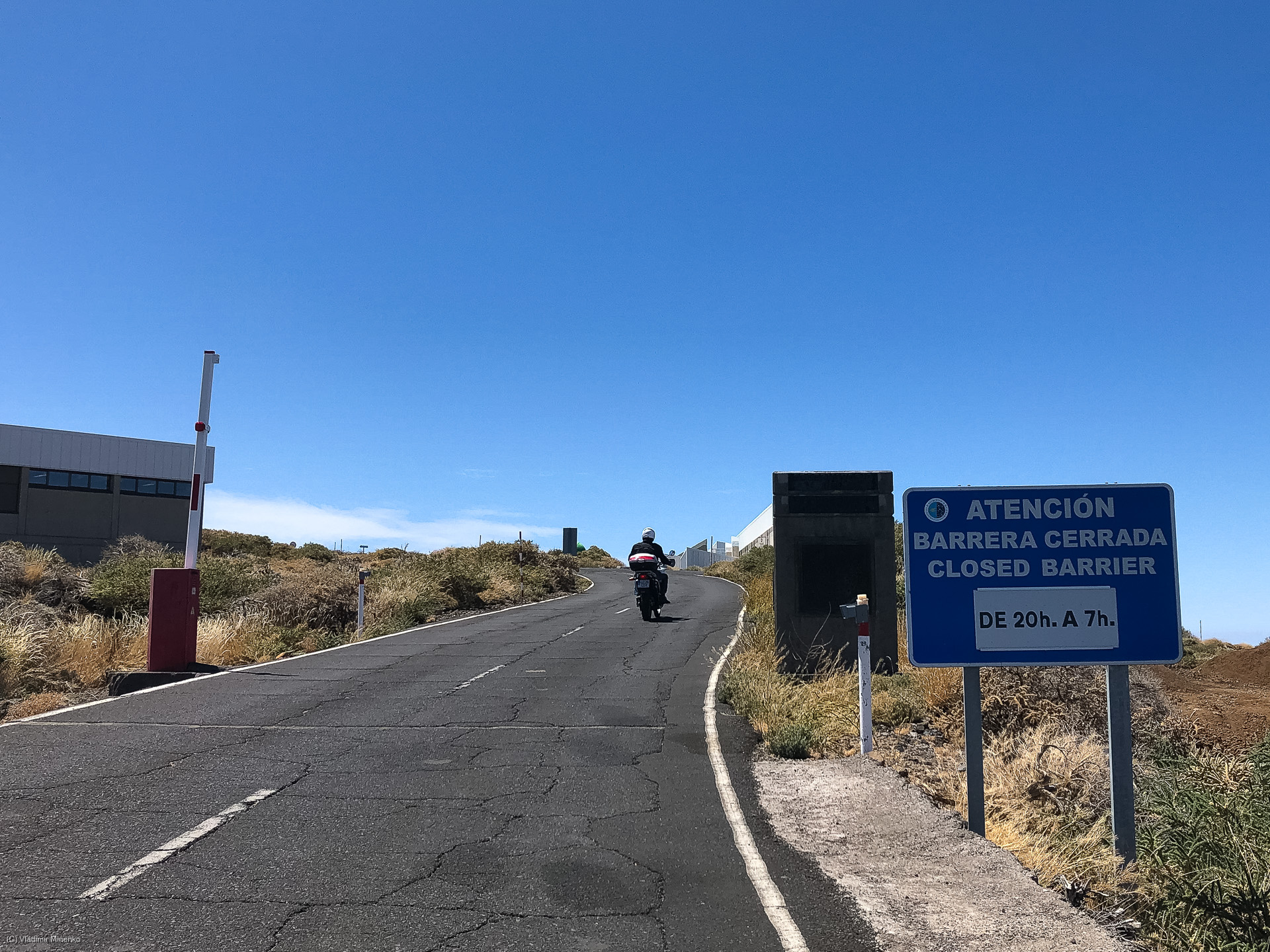 but the road (LP-4) remains open as it is connecting the north-west part of the island with Santa Cruz. There are no gates on that road, but signs that if is open (I guess, it can be closed in winter) and that you are not allowed to use the upper beam headlights. As I heard the local administration reserved the rights to close the road in the evenings to ensure good observing conditions if it becomes very crowded and people will not obey rules. So, if you go, please play nice!
In the evening, I was taking pictures of the Sadr region from the local pad.
but the road (LP-4) remains open as it is connecting the north-west part of the island with Santa Cruz. There are no gates on that road, but signs that if is open (I guess, it can be closed in winter) and that you are not allowed to use the upper beam headlights. As I heard the local administration reserved the rights to close the road in the evenings to ensure good observing conditions if it becomes very crowded and people will not obey rules. So, if you go, please play nice!
In the evening, I was taking pictures of the Sadr region from the local pad.
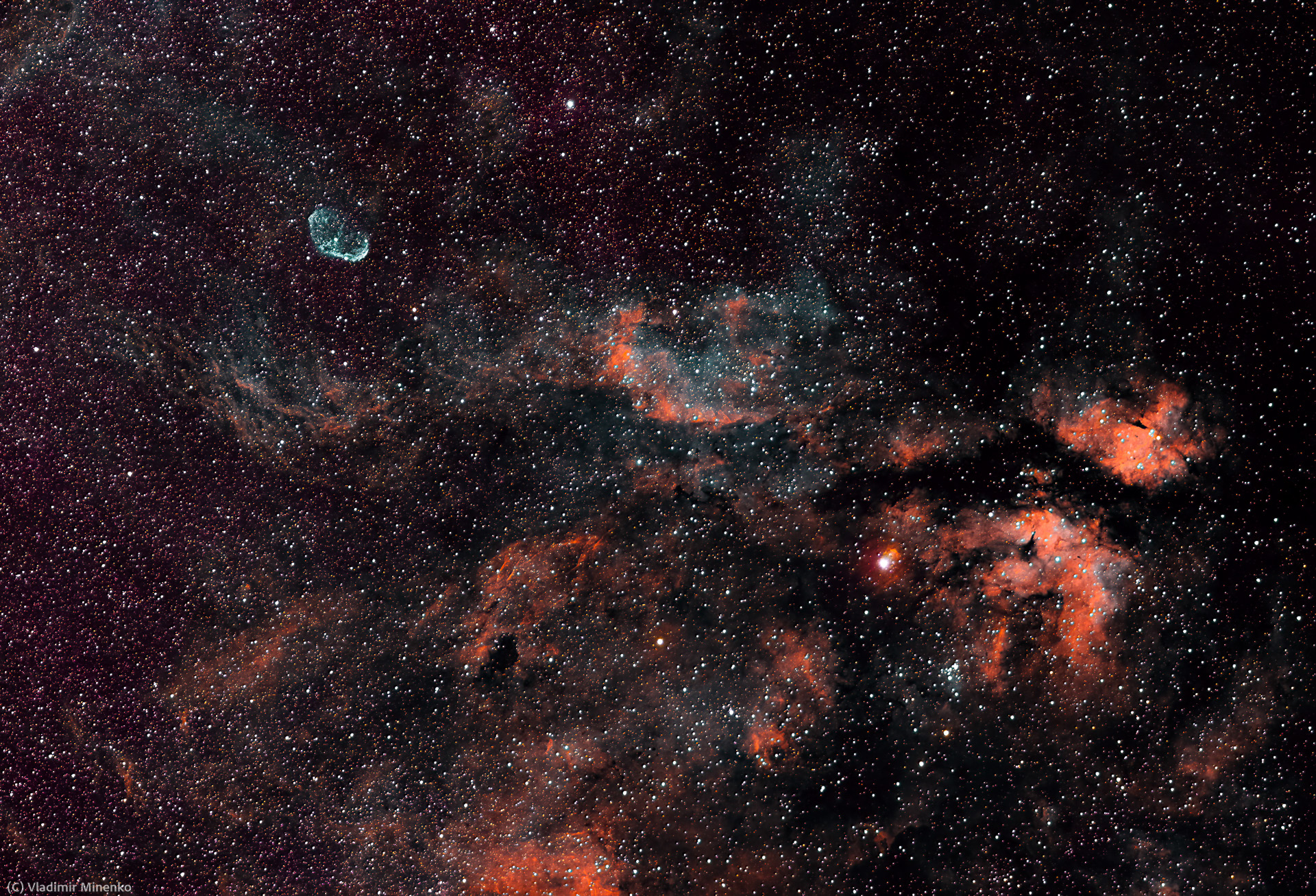
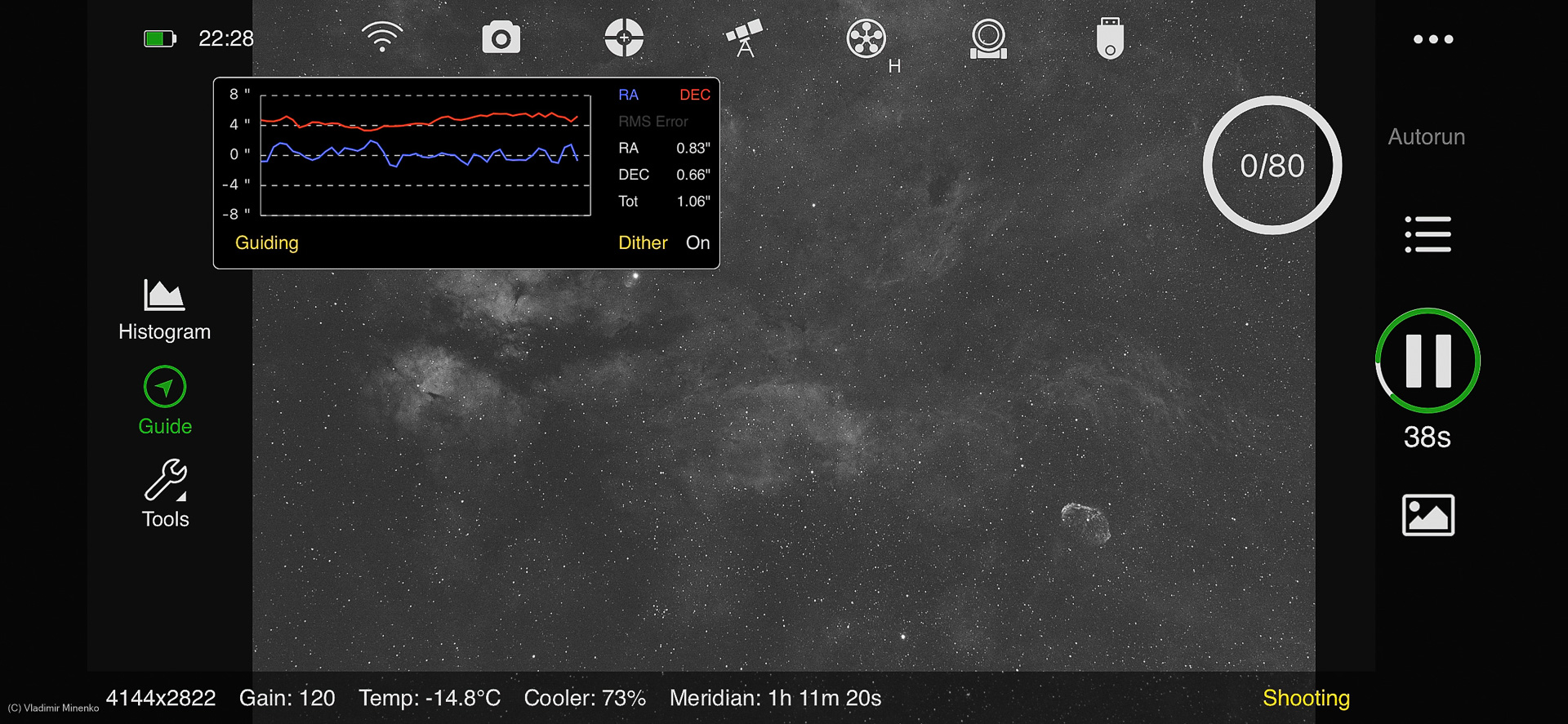 I generally intended to rent a telescope and a mount and so make to pictures from two setups in parallel. The choice was narrowed down to either the Pentax 125 SDP (125mm / 800mm) or the Lacerta 12″ Carbon Newtonian (300mm / 1200mm). At the end I decided for the Lacerta Newtonian. I just wanted to try something what will probably not own anytime soon. For various, reasons getting the gear was not possible on this evening though.
I generally intended to rent a telescope and a mount and so make to pictures from two setups in parallel. The choice was narrowed down to either the Pentax 125 SDP (125mm / 800mm) or the Lacerta 12″ Carbon Newtonian (300mm / 1200mm). At the end I decided for the Lacerta Newtonian. I just wanted to try something what will probably not own anytime soon. For various, reasons getting the gear was not possible on this evening though.
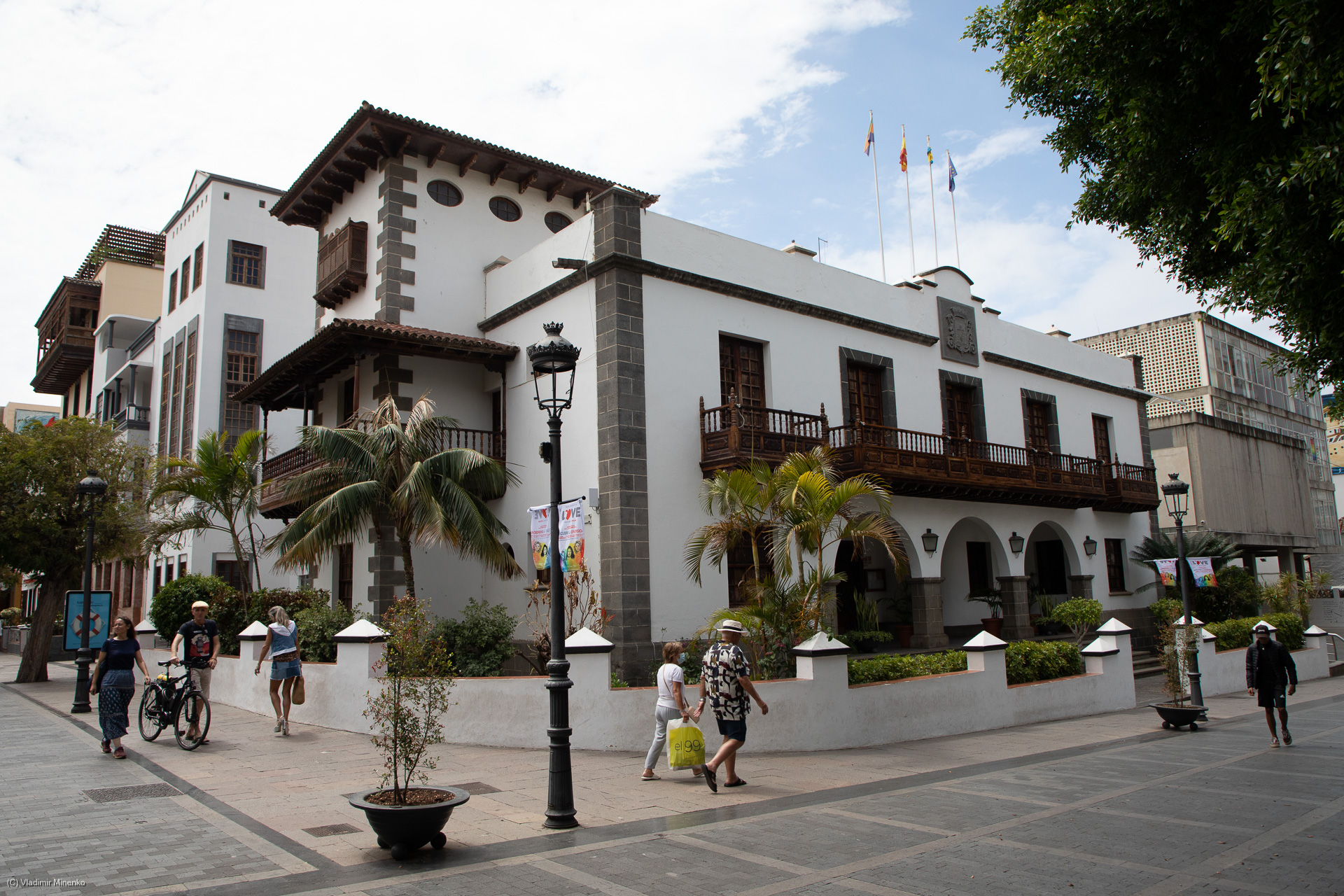 and to get to the black sand beach Charco Verde close to Puerto Naos. The sand on the beaches is black everywhere here. The actual trick is to find a beach which you can access without a serious hike. The Charco Verde is one of those where is actually possible 😉
and to get to the black sand beach Charco Verde close to Puerto Naos. The sand on the beaches is black everywhere here. The actual trick is to find a beach which you can access without a serious hike. The Charco Verde is one of those where is actually possible 😉
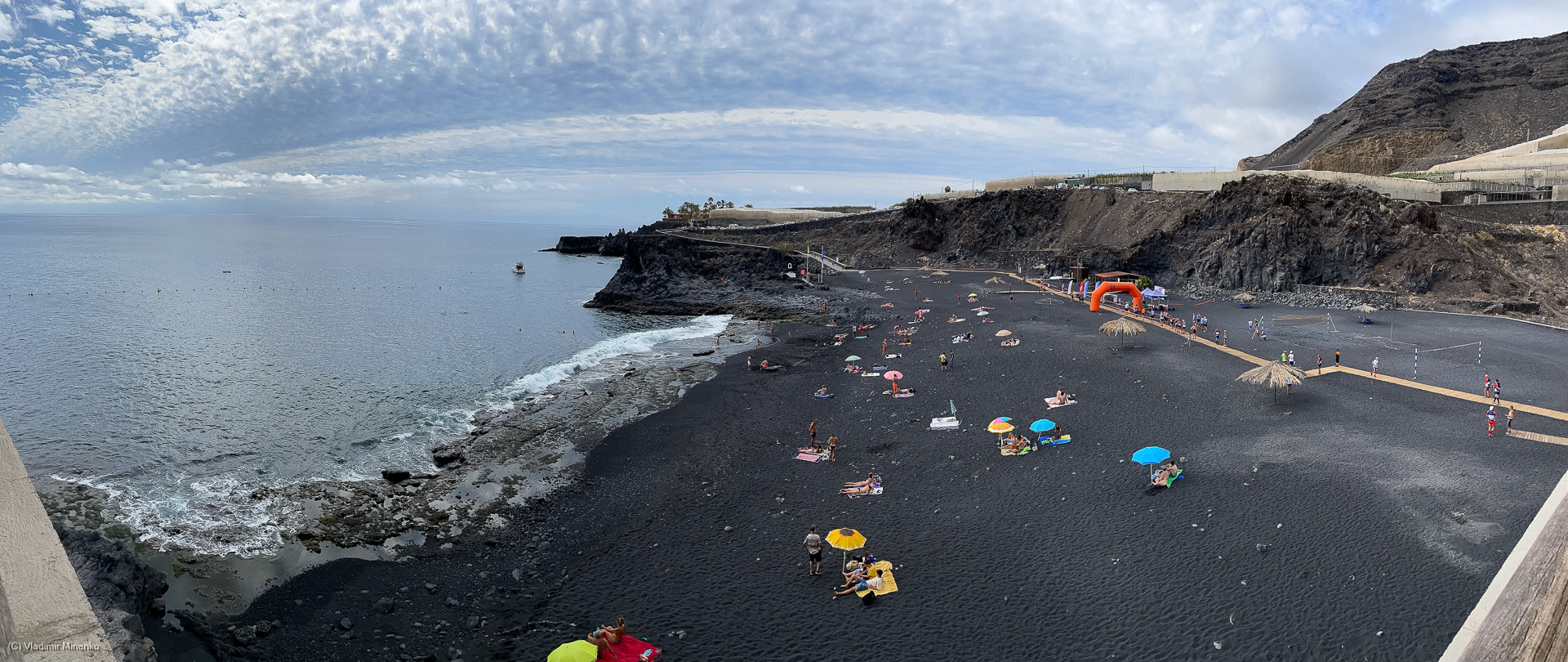 I let Kai know about my decision on the rental gear in the morning and as we came back, the giant 12″ Newton was already rigged up. Wow! Kai and another guest were so kind to put it all together and rig up. The 12″ Lacerta Newton telescope can be only used on the pre-installed Sky-Watcher EQ8 Pro mount. And this is for the reason! The whole setup is huge!
I let Kai know about my decision on the rental gear in the morning and as we came back, the giant 12″ Newton was already rigged up. Wow! Kai and another guest were so kind to put it all together and rig up. The 12″ Lacerta Newton telescope can be only used on the pre-installed Sky-Watcher EQ8 Pro mount. And this is for the reason! The whole setup is huge!
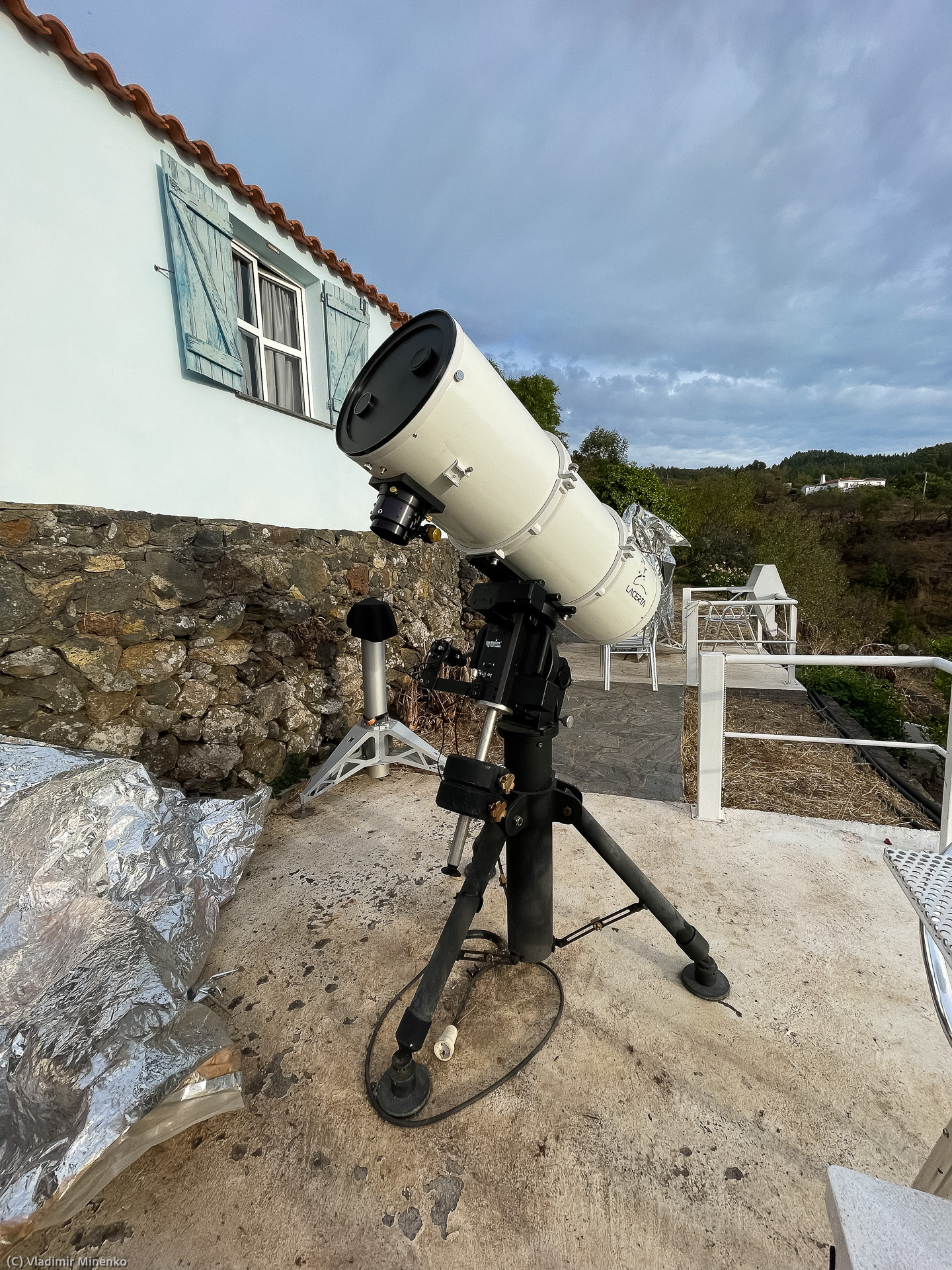 After the camera block with ASI293MM Pro was attached, it took some while to sort out all the required adapters and replace the OAG with a normal guide scope, since the distance to the guide camera in OAG was still not long enough to get it in focus. Kai helped with adapters and around midnight everything worked. The target for next two nights was NGC 6888, the Crescent Nebula. One night narrow-band, and one night RGB.
After the camera block with ASI293MM Pro was attached, it took some while to sort out all the required adapters and replace the OAG with a normal guide scope, since the distance to the guide camera in OAG was still not long enough to get it in focus. Kai helped with adapters and around midnight everything worked. The target for next two nights was NGC 6888, the Crescent Nebula. One night narrow-band, and one night RGB.
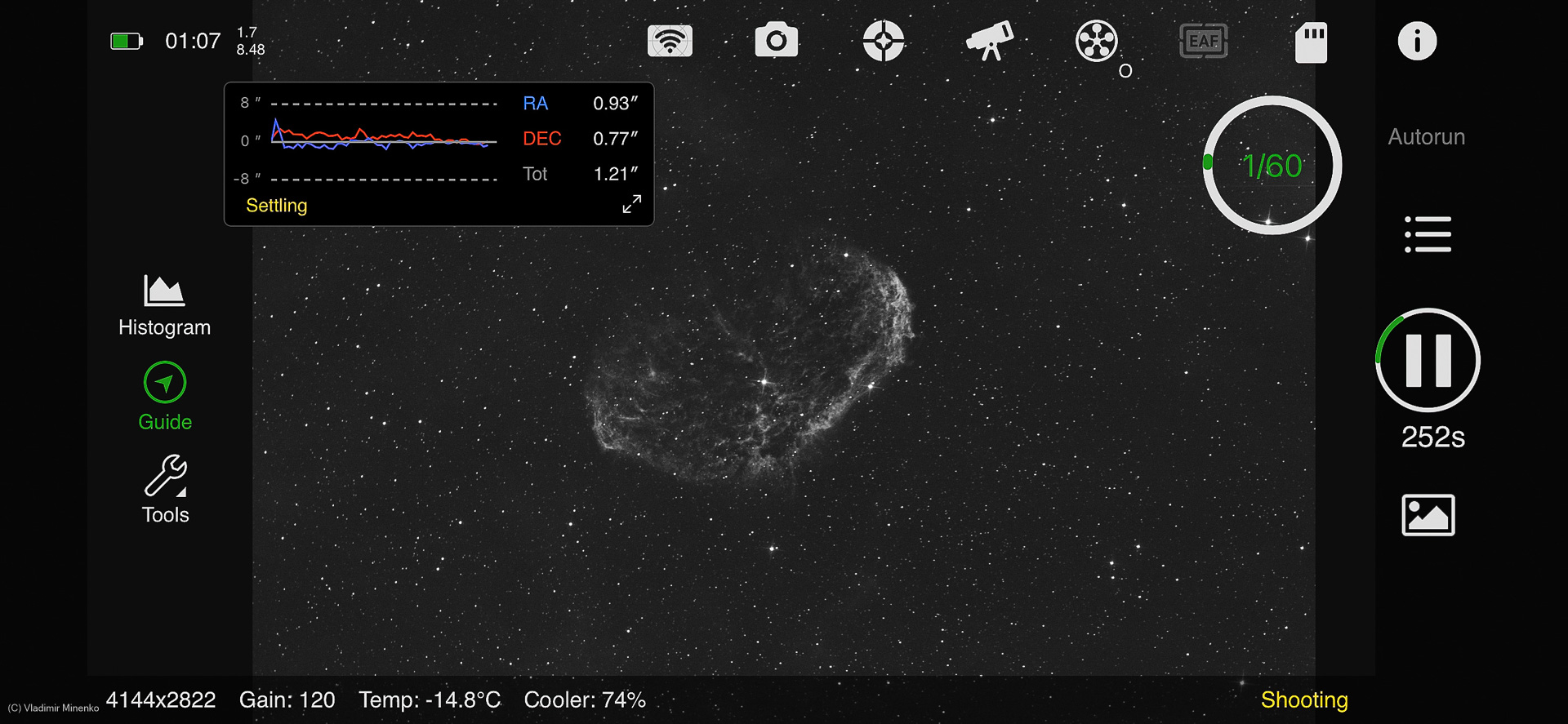 Plus, the portable setup was planned to make wide-field pictures of the Crescent Nebula, the Veil Nebula region and Andromeda if the time allows. Thanks the Plan mode in ASIAIR it is easy to automate.
Plus, the portable setup was planned to make wide-field pictures of the Crescent Nebula, the Veil Nebula region and Andromeda if the time allows. Thanks the Plan mode in ASIAIR it is easy to automate.
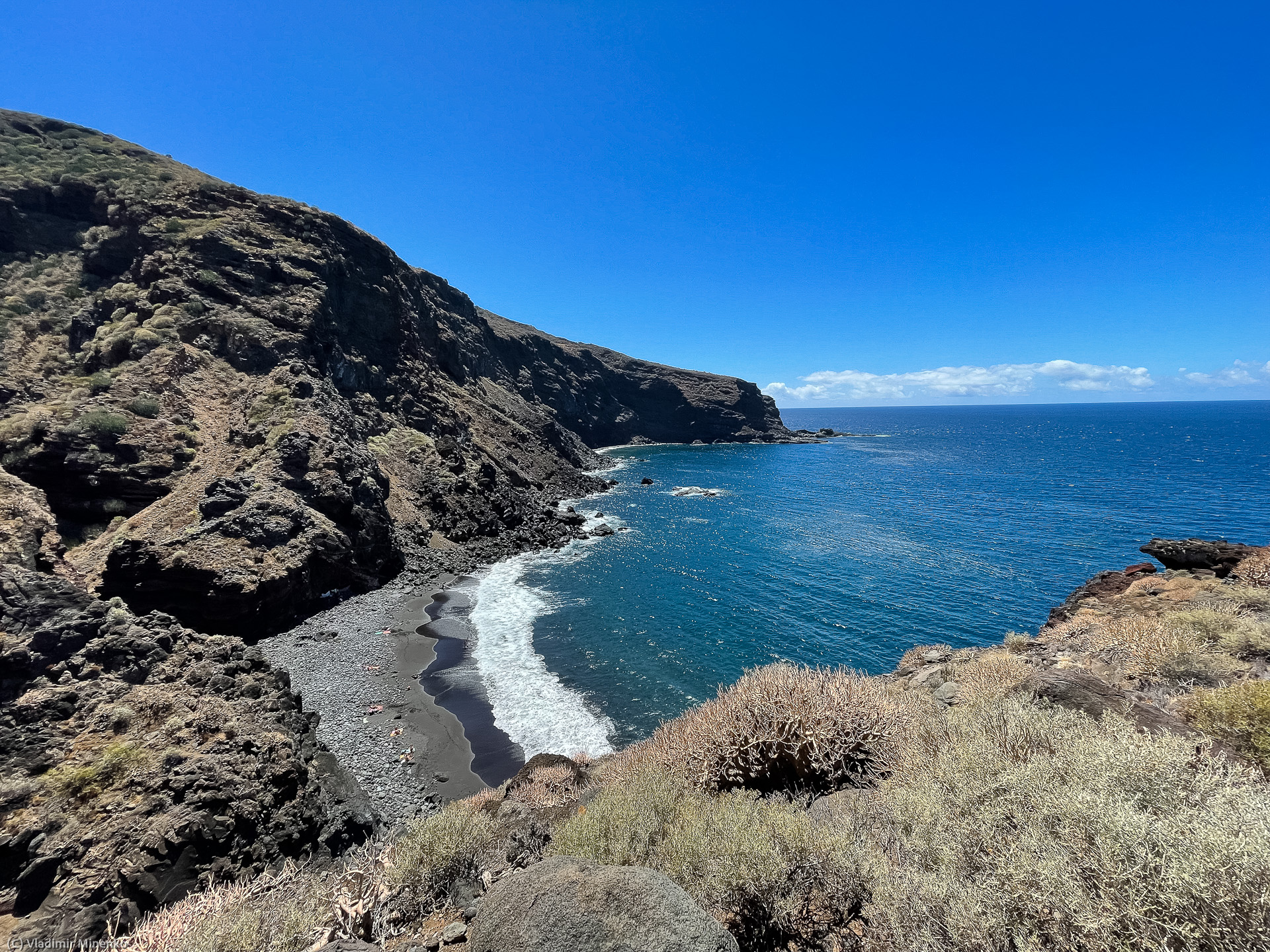 It was definitely worth it!
It was definitely worth it!
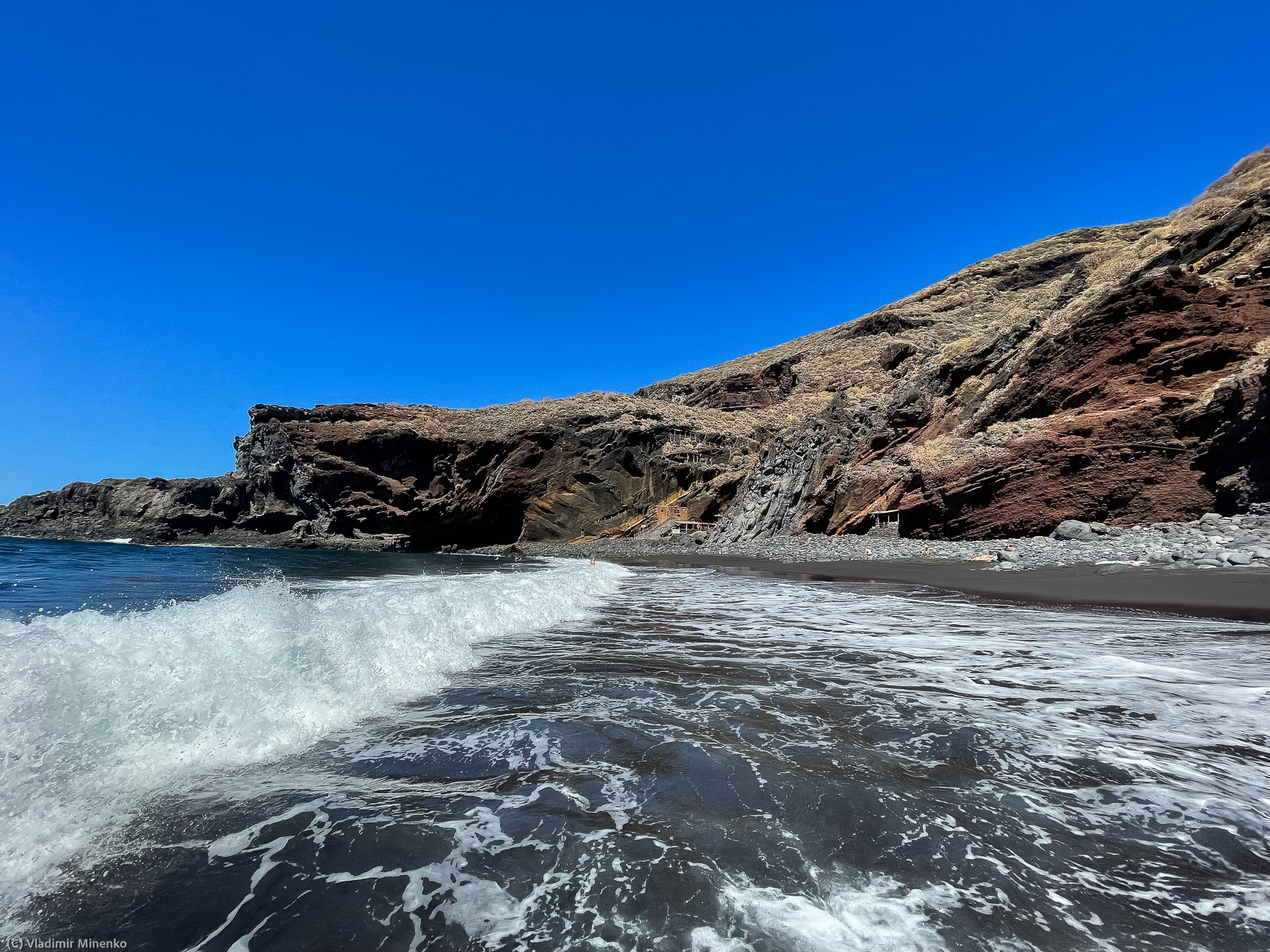 In the evening, after watching the sunset, I walked up the hill to the ATHOS campus to the start my setup there.
In the evening, after watching the sunset, I walked up the hill to the ATHOS campus to the start my setup there.
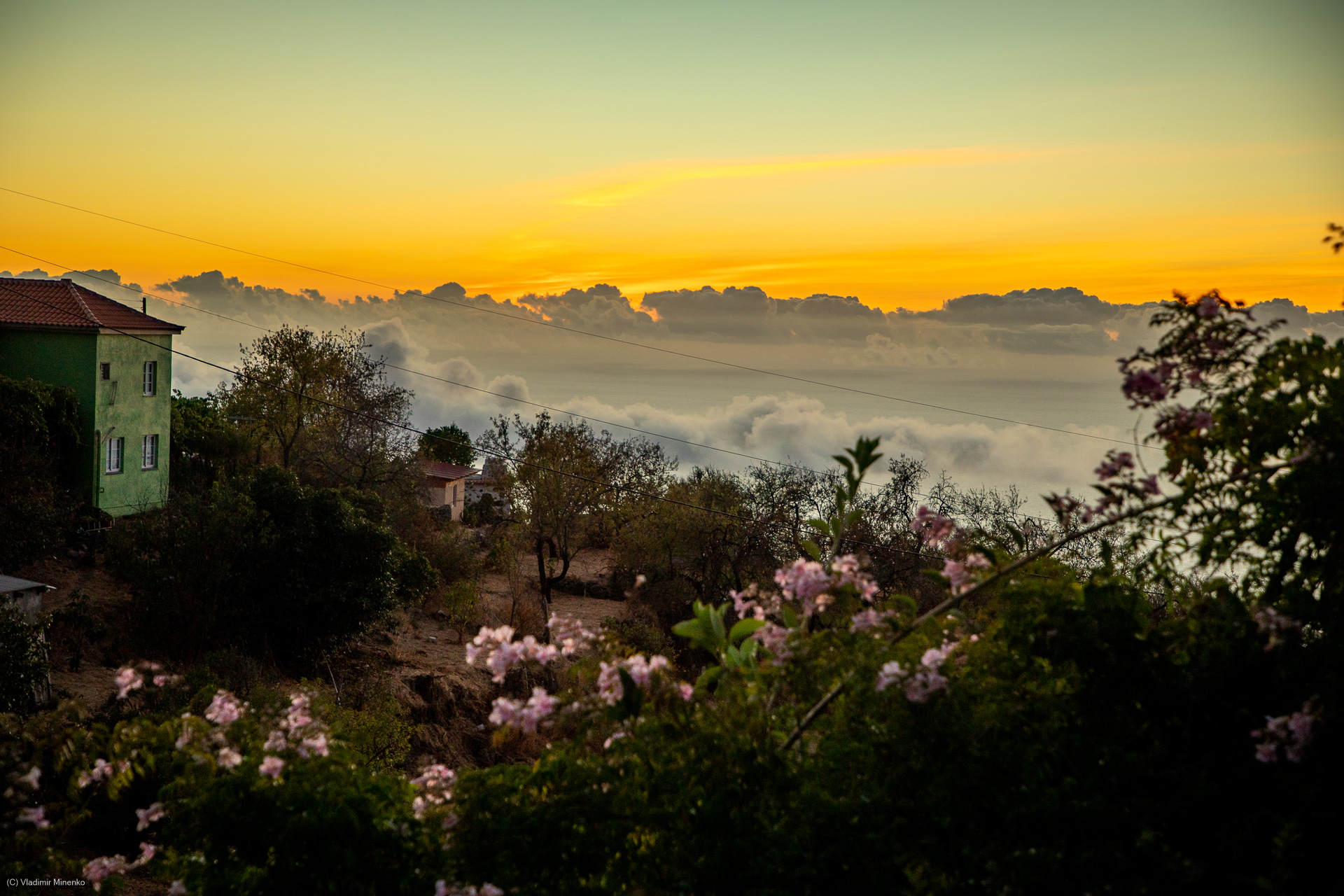 The sky was clear as I left our finca, but some clouds showed up just after I arrived 5min later on the campus. Kai apparently told others, that this night would still work and everyone of busy with setting up. When I finished to remove the cover and to connect power cables, some drizzle started to drom from the clouds. What?! One guy went sleeping and planed to come back in one hour, since he decided it will be just better at this time. Another guy and I started to cover the telescopes to protect them from drizzle. Just after I finished that and wanted give up photographing today, the other guy said “look, the sky is clear again”. What?! And, it was clear, indeed! Crazy! I uncovered the scope and reconnected the power. Magic! The weather kept up! My setup was imagining RGB subs from NGC 6888 while I was sleeping until the end of the dark time.
The sky was clear as I left our finca, but some clouds showed up just after I arrived 5min later on the campus. Kai apparently told others, that this night would still work and everyone of busy with setting up. When I finished to remove the cover and to connect power cables, some drizzle started to drom from the clouds. What?! One guy went sleeping and planed to come back in one hour, since he decided it will be just better at this time. Another guy and I started to cover the telescopes to protect them from drizzle. Just after I finished that and wanted give up photographing today, the other guy said “look, the sky is clear again”. What?! And, it was clear, indeed! Crazy! I uncovered the scope and reconnected the power. Magic! The weather kept up! My setup was imagining RGB subs from NGC 6888 while I was sleeping until the end of the dark time.
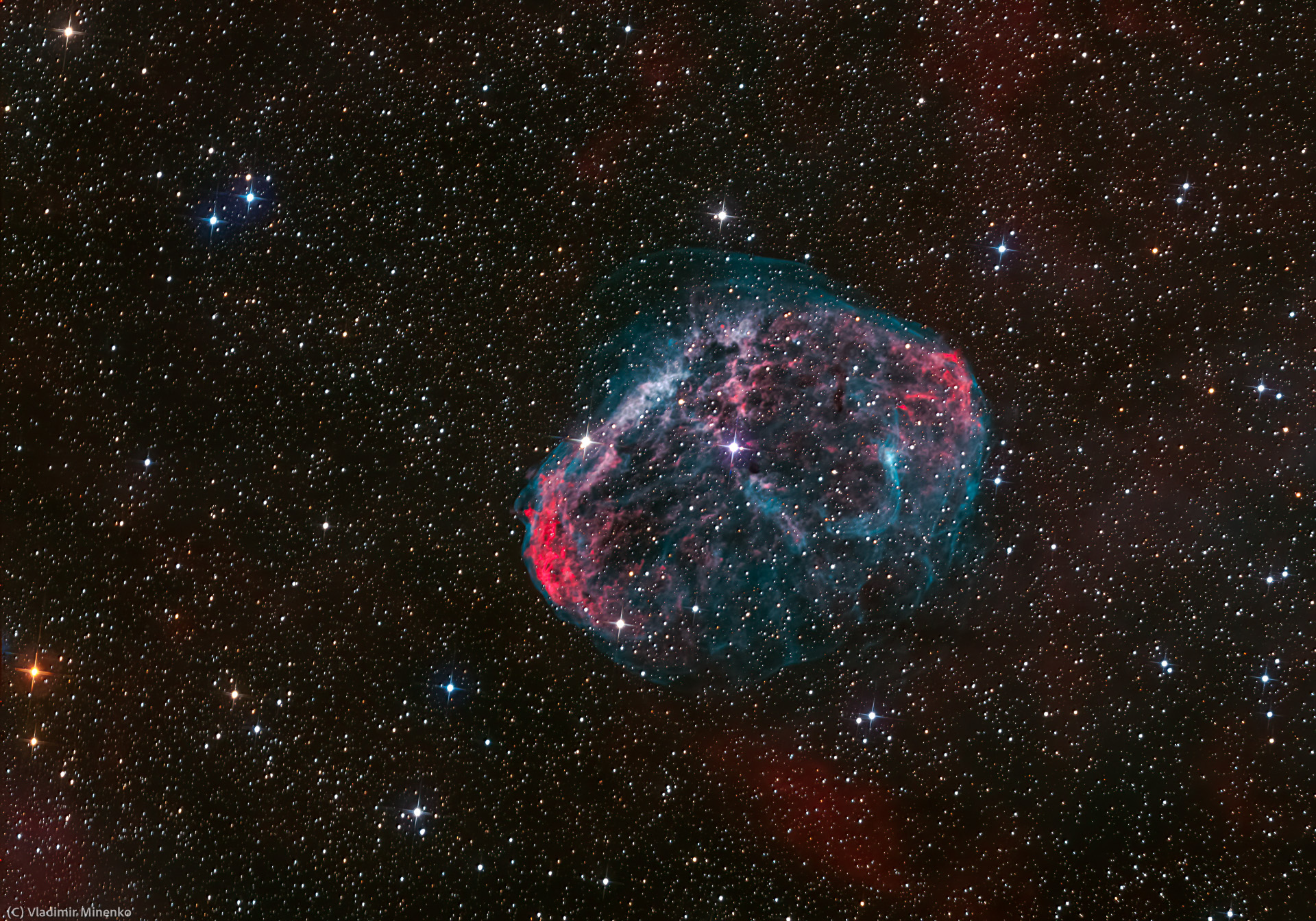 I skipped using my portable setup on the local pad on that event due to this weird weather. Too much hassle… 😉
I skipped using my portable setup on the local pad on that event due to this weird weather. Too much hassle… 😉
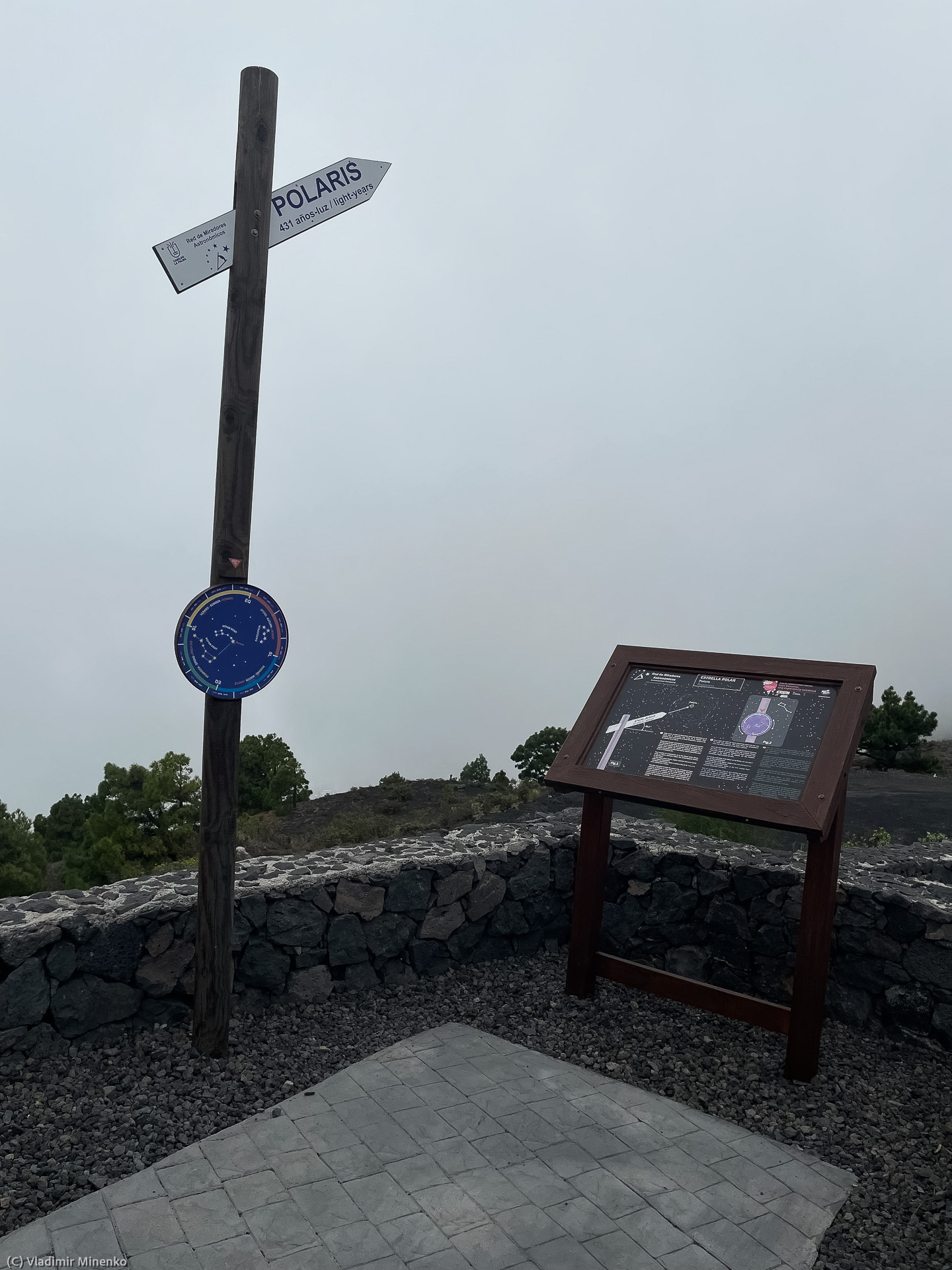
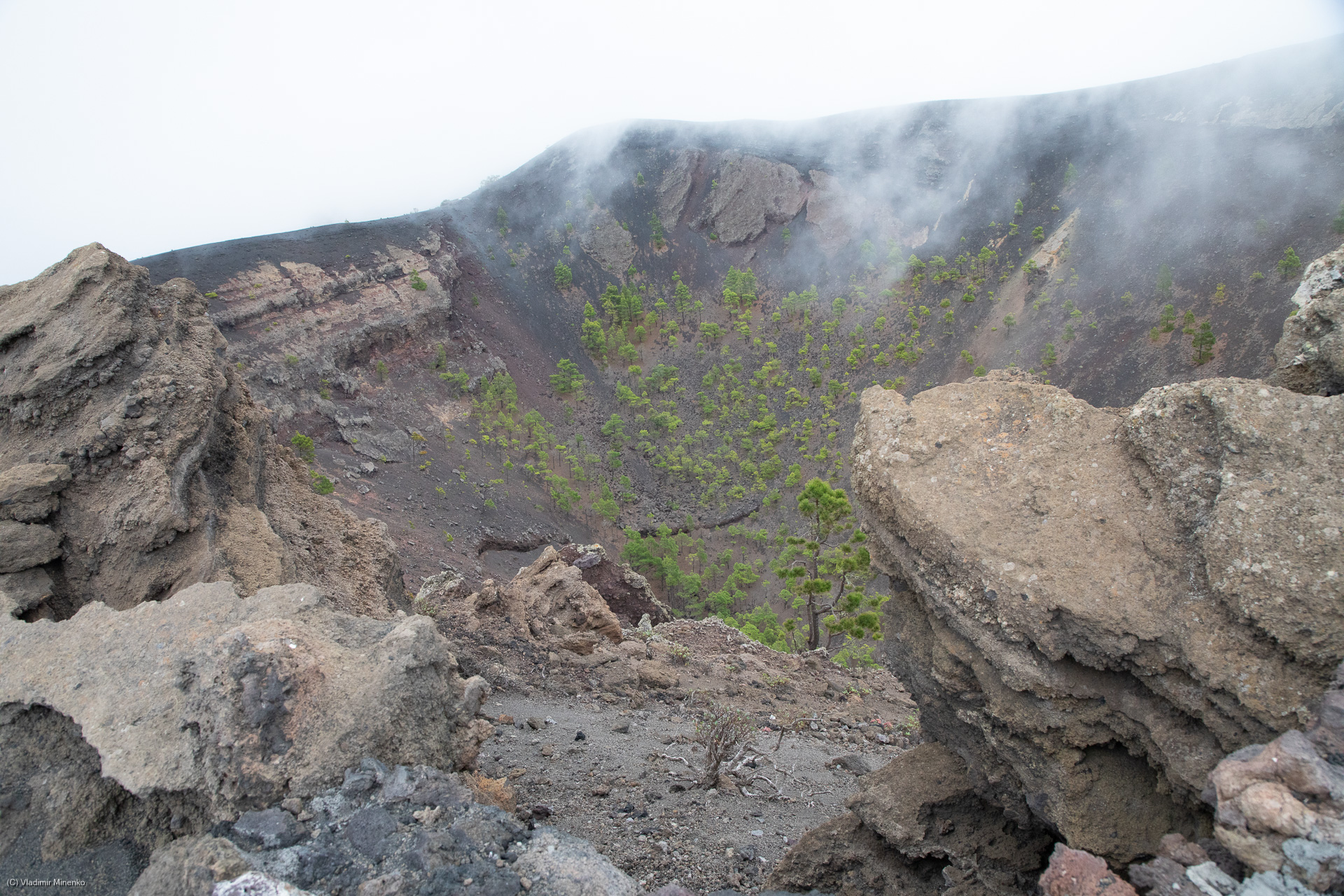 In the night, I was shooting the Bubble Nebula on the 12″ Newtonian in the campus and the Veil Nebula, Andromeda and a wide-field view of the Bubble Nebula in a sequence from my portable setup with Canon 800D(a) from the local pad at the finca.
In the night, I was shooting the Bubble Nebula on the 12″ Newtonian in the campus and the Veil Nebula, Andromeda and a wide-field view of the Bubble Nebula in a sequence from my portable setup with Canon 800D(a) from the local pad at the finca.
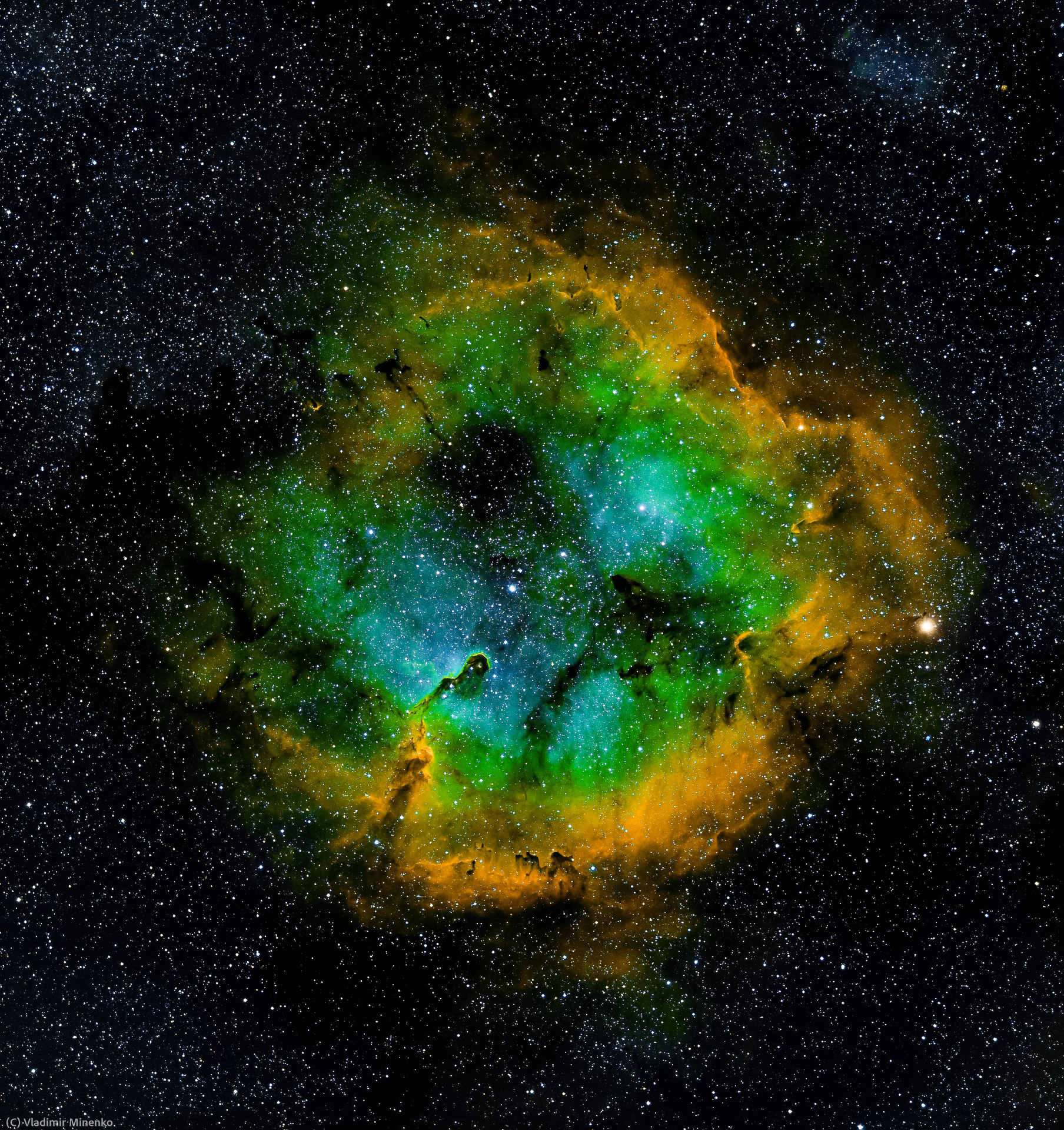
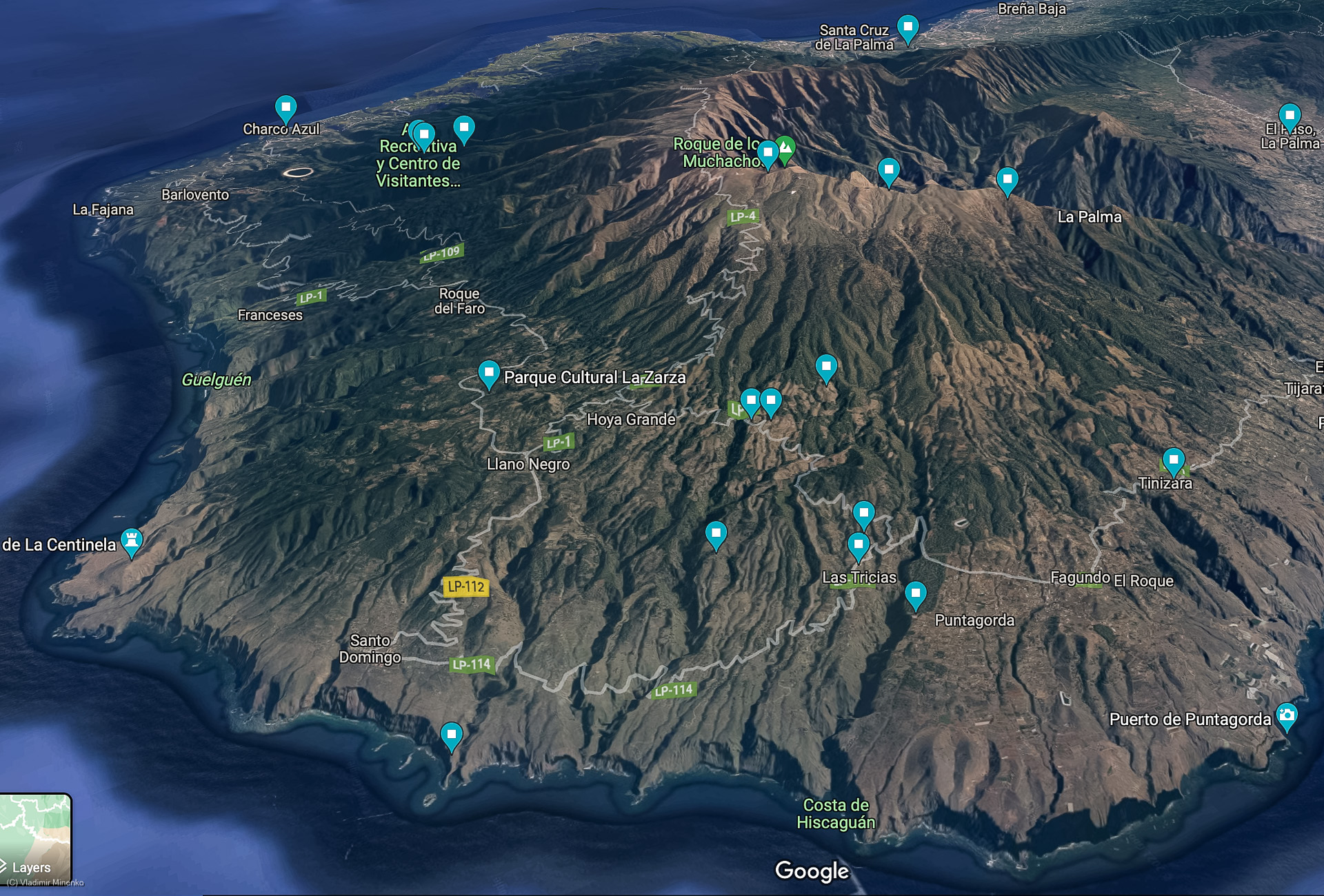 The ATHOS campus is above the first layer and seems to enjoy its own,
The ATHOS campus is above the first layer and seems to enjoy its own,
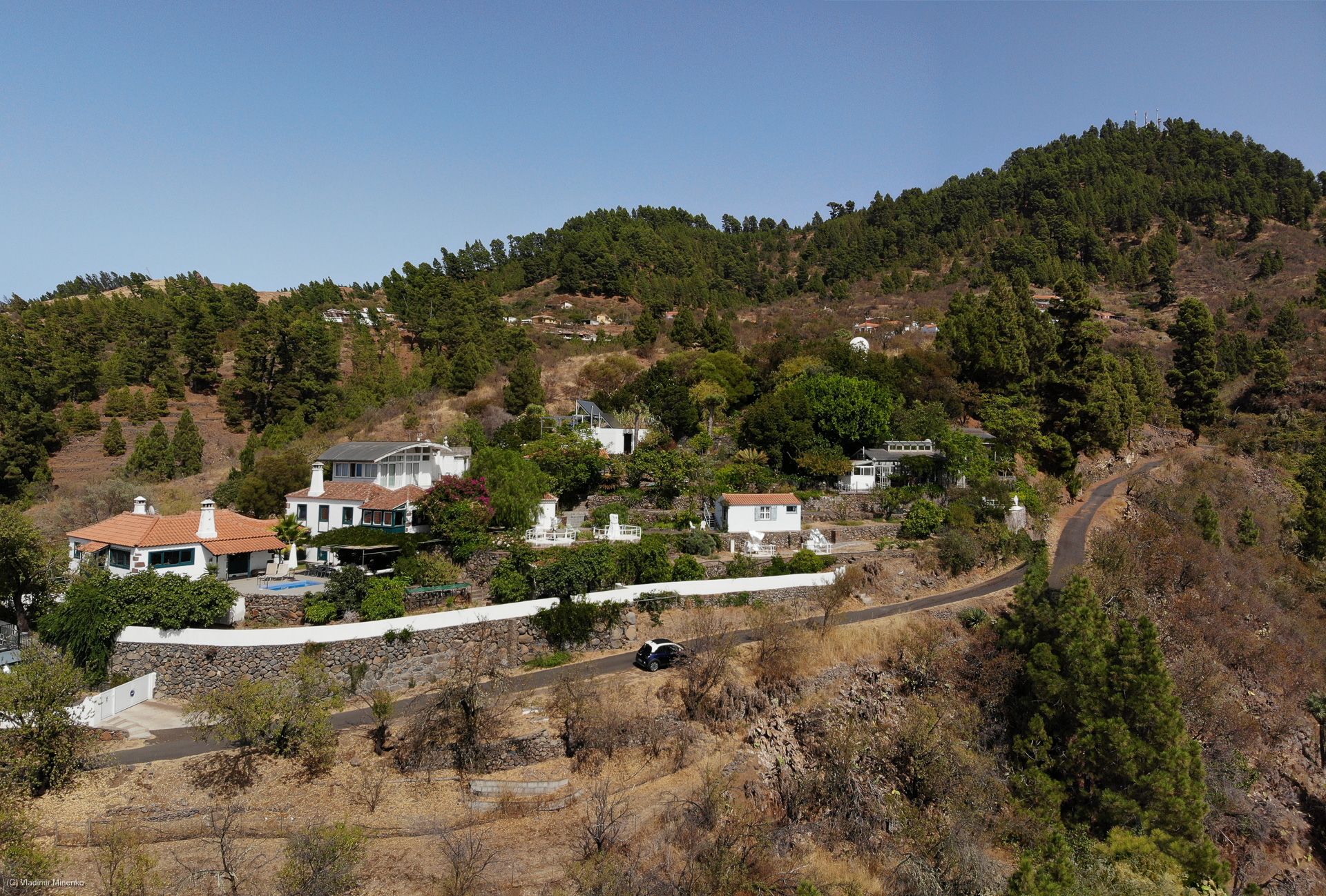 local micro-climate which keeps clouds away in the time when some other parts on the same coast might be cloudy.
local micro-climate which keeps clouds away in the time when some other parts on the same coast might be cloudy.
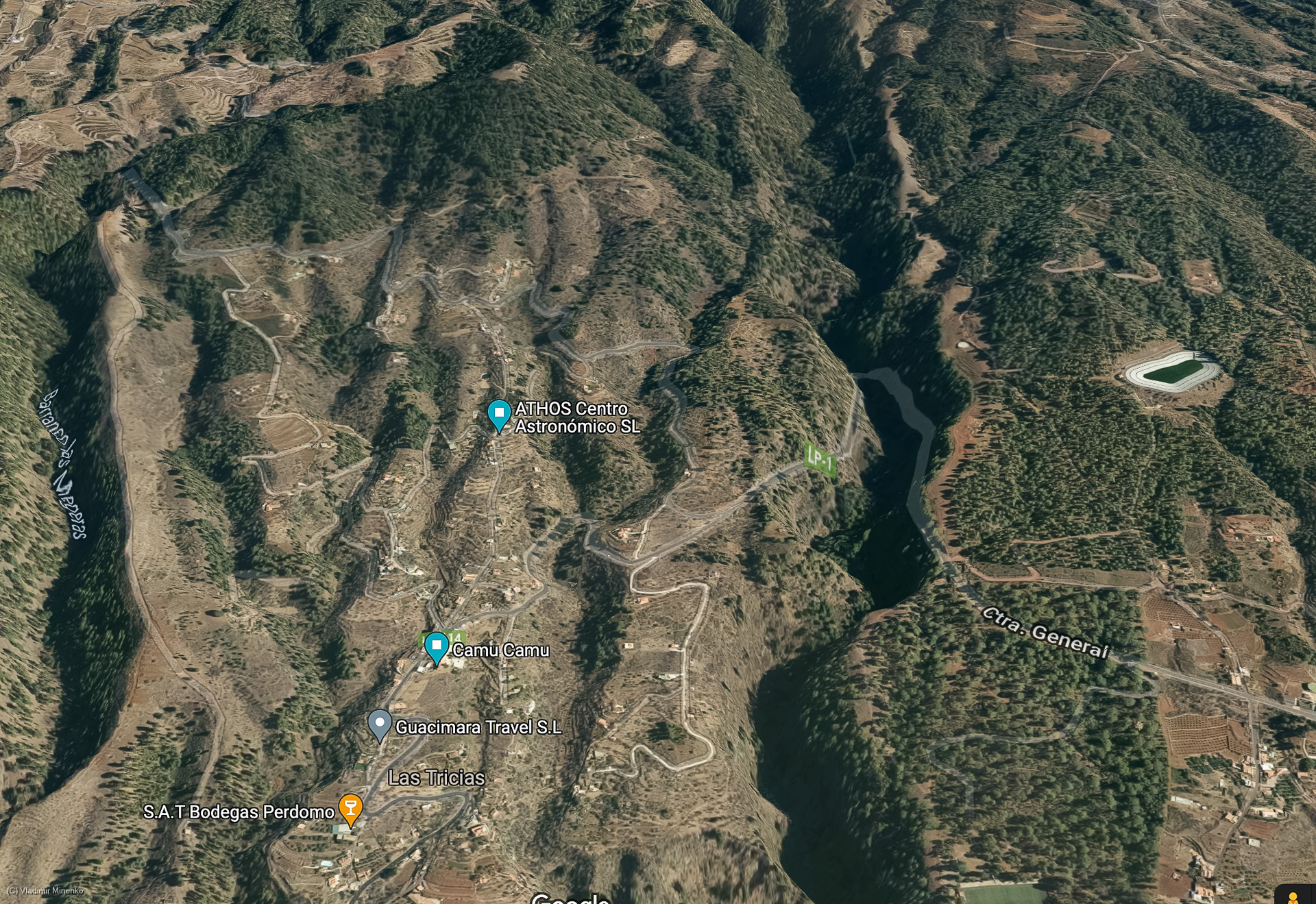 If you book another place, make sure, it is at least above the 800m, ideally above the 1400m height.
If you still see clouds in your place, it make sense to wait, especially if there are patches of the clear sky in the cloud cover. Clouds move and reshape extremely fast here, since they are driven by winds and not by large weather fronts as known on the continent.
If you book another place, make sure, it is at least above the 800m, ideally above the 1400m height.
If you still see clouds in your place, it make sense to wait, especially if there are patches of the clear sky in the cloud cover. Clouds move and reshape extremely fast here, since they are driven by winds and not by large weather fronts as known on the continent.
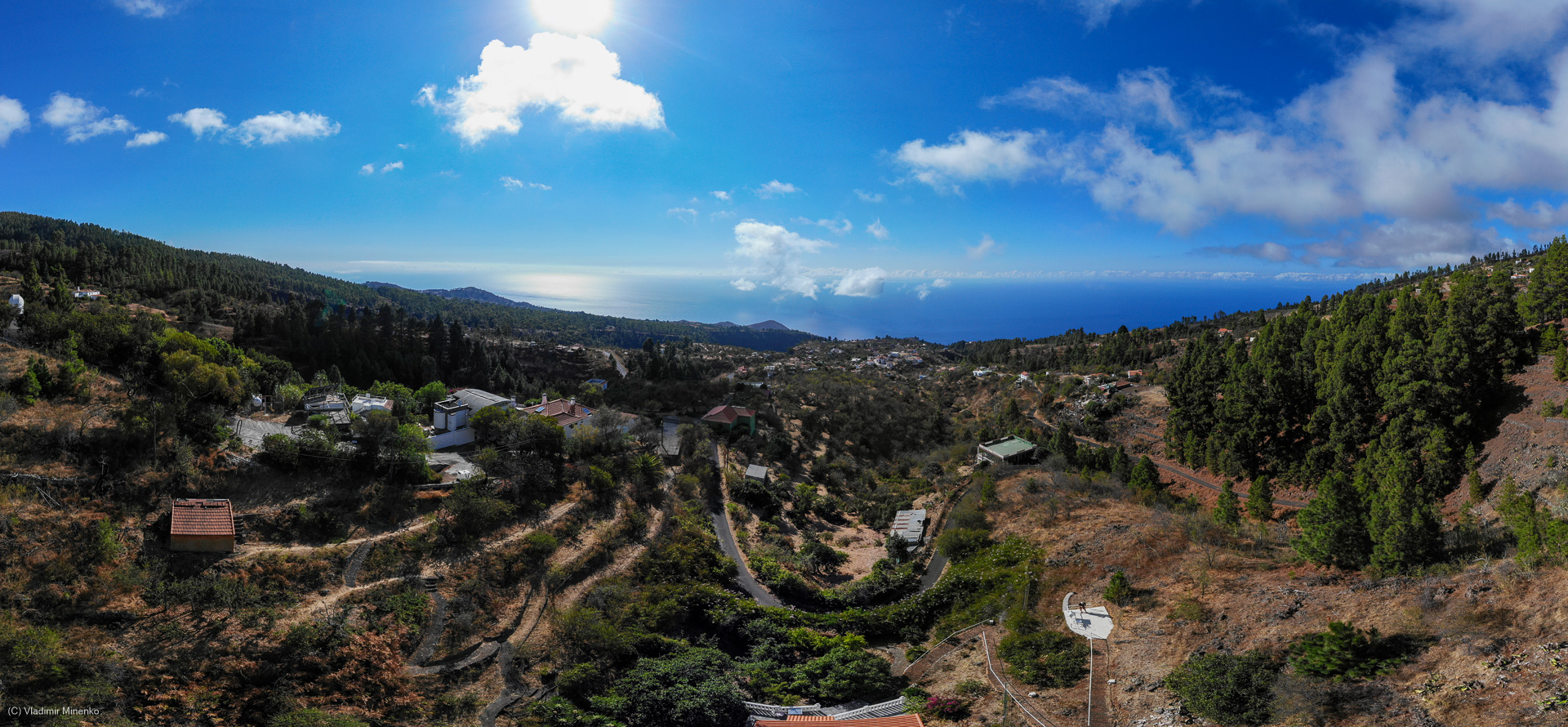 Keep in mid that there are barely a 200m straight section of a road here. All roads basically consist of curves only. It takes time to get even to the next village by car. Do not thing to go anywhere by feed, unless you go for hiking. From the ATHOS campus, it takes at least 30-40 min to get to any noticeable place. Fortunately, there is food store in the Las Tricias village which you can also walk to from ATHOS. The food store has a far smaller selection but it can save you from going yet another time 30-40 min to a larger store. The the Camu Camu cafe in Las Tricias (100m away from the food store) is absolutely fantastic! You can just go only there for a dinner each evening and will be not disappointed! They are closed on Mondays and Tuesdays though.
There are many spots where you can place your gear at the Roque de los Muchachos aside the main road at the night time, i.e. when the road around the observatory is closed. You do not need to go to the observatory for astrophotography. I wanted to go there once to make some nightscapes, but skipped since the conditions at ATHOS are good too and I wanted to use it for Deep Space imaging. If you go, think twice if this makes sense. Will you be able to use the much better seeing at this place with a portable setup? Can this setup really resolve far less than 1″ and so use these conditions?
There is a large selection of rental astrophotography gear in ATHOS. Quite a part of it is focused on the use of DSLRs, since it is much simpler to standardize. It still makes sense to do some (or better more than “some”) home work to make sure that your own gear, especially the main camera, will fit well to a telescope you plan to rent. I missed this point, and was just lucky enough to still get all parts on the spot. Thanks to Kai for the excellent support!
Keep in mid that there are barely a 200m straight section of a road here. All roads basically consist of curves only. It takes time to get even to the next village by car. Do not thing to go anywhere by feed, unless you go for hiking. From the ATHOS campus, it takes at least 30-40 min to get to any noticeable place. Fortunately, there is food store in the Las Tricias village which you can also walk to from ATHOS. The food store has a far smaller selection but it can save you from going yet another time 30-40 min to a larger store. The the Camu Camu cafe in Las Tricias (100m away from the food store) is absolutely fantastic! You can just go only there for a dinner each evening and will be not disappointed! They are closed on Mondays and Tuesdays though.
There are many spots where you can place your gear at the Roque de los Muchachos aside the main road at the night time, i.e. when the road around the observatory is closed. You do not need to go to the observatory for astrophotography. I wanted to go there once to make some nightscapes, but skipped since the conditions at ATHOS are good too and I wanted to use it for Deep Space imaging. If you go, think twice if this makes sense. Will you be able to use the much better seeing at this place with a portable setup? Can this setup really resolve far less than 1″ and so use these conditions?
There is a large selection of rental astrophotography gear in ATHOS. Quite a part of it is focused on the use of DSLRs, since it is much simpler to standardize. It still makes sense to do some (or better more than “some”) home work to make sure that your own gear, especially the main camera, will fit well to a telescope you plan to rent. I missed this point, and was just lucky enough to still get all parts on the spot. Thanks to Kai for the excellent support!
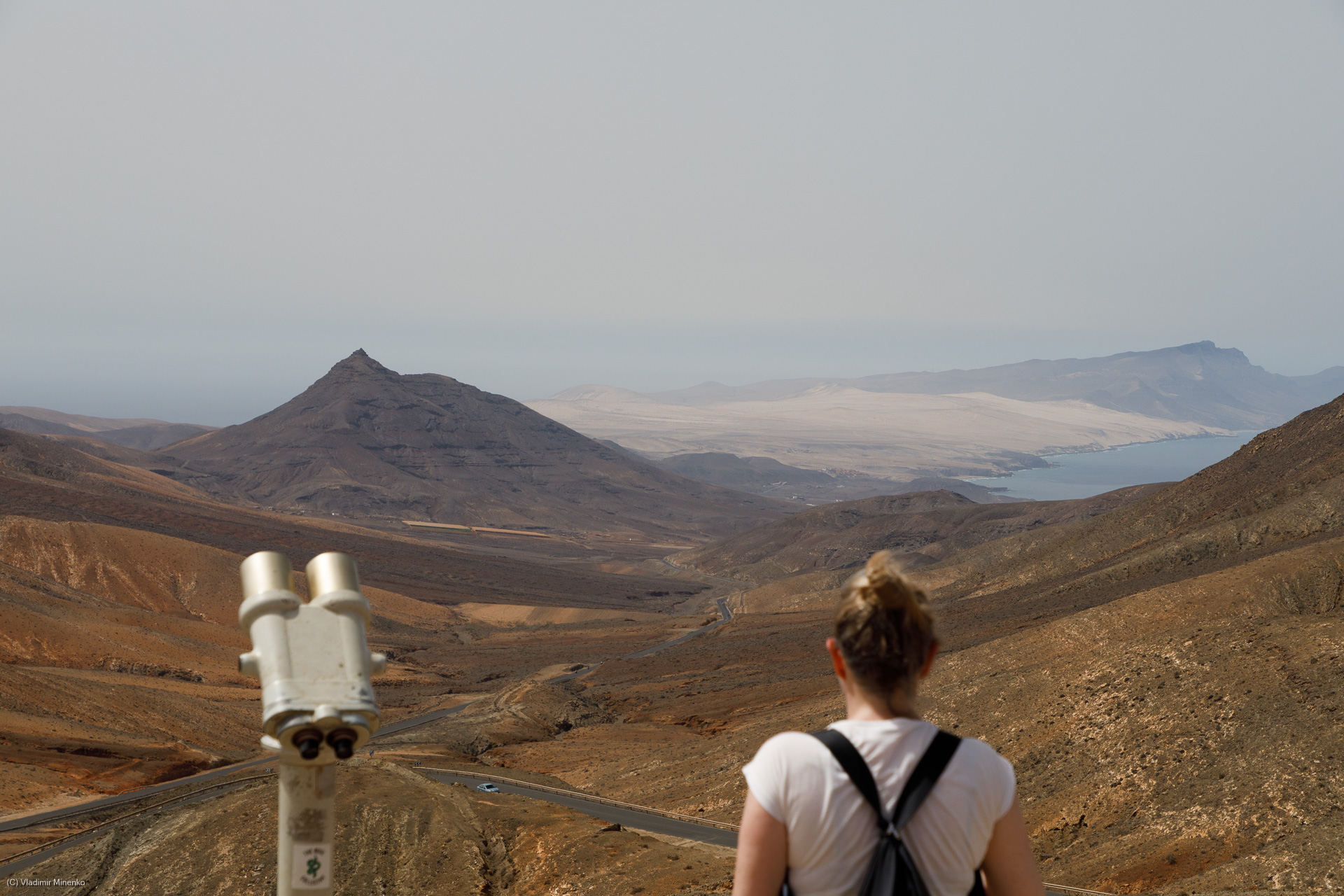 I went to the Mirador astronómico de Sicasumbre to see how it looks in the night and try to make some nightscapes from there. It was a nice trip not much more.
I went to the Mirador astronómico de Sicasumbre to see how it looks in the night and try to make some nightscapes from there. It was a nice trip not much more.
 It is an interesting place for tourists, but it is a waste to time for an astrophotographer. Better stay a few more days on La Palma or just go surfing 😉 Astrophotography is just a hobby 😉
It is an interesting place for tourists, but it is a waste to time for an astrophotographer. Better stay a few more days on La Palma or just go surfing 😉 Astrophotography is just a hobby 😉
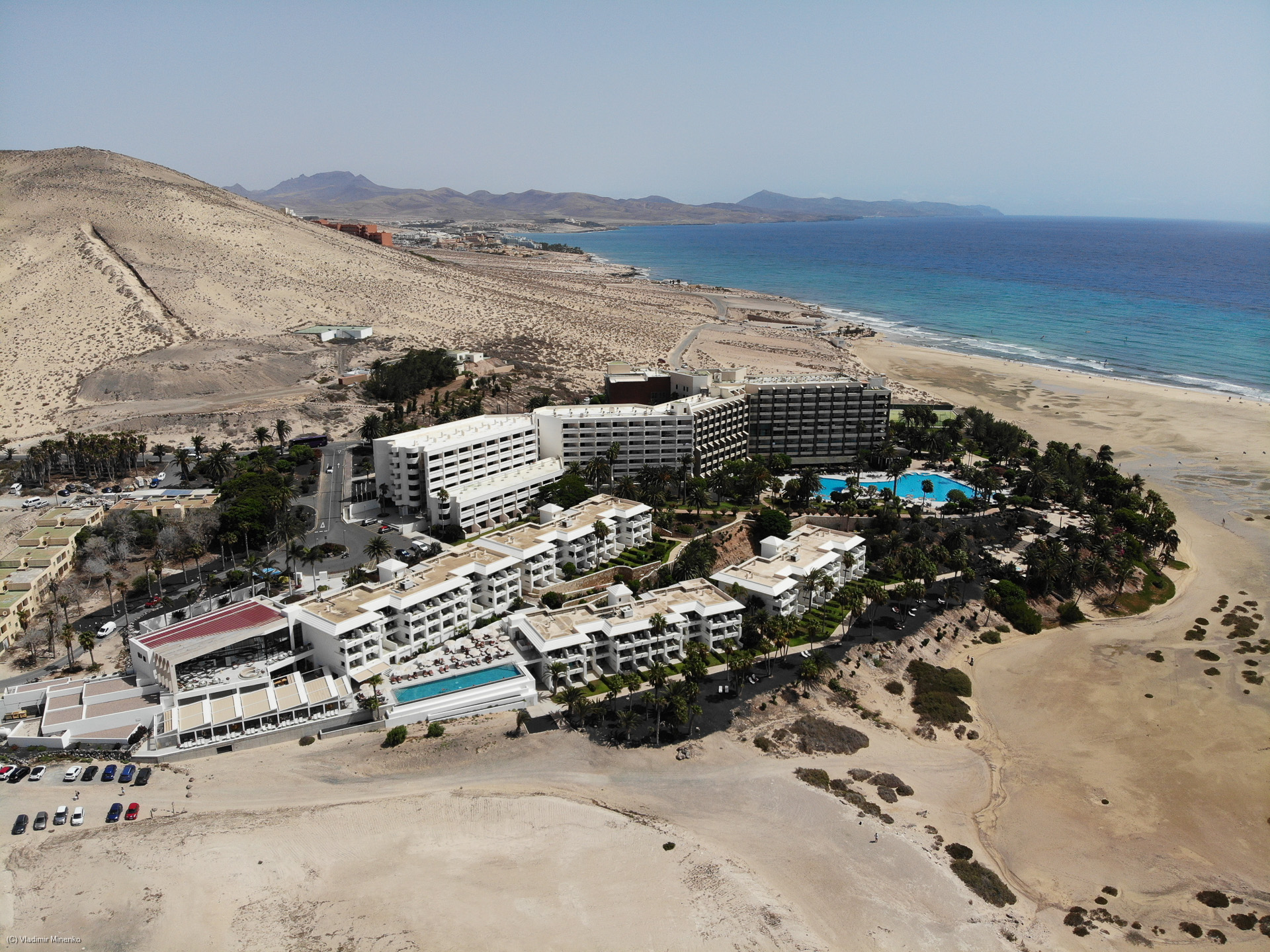
La Palma – the darkest place on Earth, they say
This is what Spanish researchers found out. It might sound suspicious, but they did this in a serious work as it seems. This is not Chile mountains and not Hawaii. This on La Palma, in Europe, in the “Old World”. We will see… We go there in the first week of the approaching new Moon and stay in ATHOS. The owner of the place recommended to come shortly before new Moon to better see sky objects which are no well visible from the south of Germany. Still, September is not optimal in 2021 for my plans. There is more of Milky Way in sky in June or July. ATHOS has a wide range of astrophotography gear to rent. Nevertheless, I still decided to take my own gear to make sure, I do not miss any chance. Plus, there might be some nice spots elsewhere on La Palma or on Fuerteventura. Now, speaking of gear…Messing with Astrophotography Gear
This time, this is astrophotography gear. Last times this was windsurfing stuff ;-). And still, it is a mess. It is always a mess with gear, as you know. The master plan is: – Sky-Watcher Star Adventurer Mini on an own photo tripod with Canon EOS 5D Mark IV and a few wide-angle lenses– Sky-Watcher AZ-GTI mount on another photo tripod controlled by ZWO ASIAIR Pro with Canon 800D(a) and Canon telephoto lenses
– ZWO ASI294MM Pro monochrome camera with ZWO 8x filter-wheel and OAG which is supposed to be used with a rental telescope, but can also be attached to the Canon 800D(a)
– Second ASIAIR Pro to be used on the rental telescope
– Tons of cables and adapters to connect all this to possibly any rental component
 And then there was the usual question of power which led to the question of weight. Oh, boy…
I designed and made an ultimate powered counterweight which can replace a counterweight.
And then there was the usual question of power which led to the question of weight. Oh, boy…
I designed and made an ultimate powered counterweight which can replace a counterweight.
 This counterweight battery has 18 replaceable 18650 LiPo cells which sum up to 233Wh. The design was made the way that you can scale the battery by leaving some cells at home. This time would be the first time I use it on a flight. How will this go? Will I get on board at all?
I was researching the rules about transportation of batteries before and learned that you always have to talk to the airline for details if it is about 100Wh and more. Details matter. It is completely up to them to let your battery(ies) come on board or not. And then you might be out of astro-power 😉 Terrible… I knew, there are 220V power outlets on each pad in the ATHOS campus, but I still thought I need to take my own power if I will go elsewhere.
This counterweight battery has 18 replaceable 18650 LiPo cells which sum up to 233Wh. The design was made the way that you can scale the battery by leaving some cells at home. This time would be the first time I use it on a flight. How will this go? Will I get on board at all?
I was researching the rules about transportation of batteries before and learned that you always have to talk to the airline for details if it is about 100Wh and more. Details matter. It is completely up to them to let your battery(ies) come on board or not. And then you might be out of astro-power 😉 Terrible… I knew, there are 220V power outlets on each pad in the ATHOS campus, but I still thought I need to take my own power if I will go elsewhere.
 A study of the related web pages of Condor has quickly shown that the astrophotography use case if not covered. A talk to their hotline resulted in a request to send an email to the Special Assistance with all details. After two days of waiting for reply, the lady from Special Assistance said that I should send the “security certificate” of my batteries to the same email address and call again one hour later so that we can discuss this.
There is no such thing as a “security certificate” for any battery, I think. I downloaded the official specs of the Samsung cells I use and sent that over. Another lady on the phone one hour later, did not search for my email with the specs and just said that I should not worry too much in my case. The 100Wh and 160Wh limits are set for large single batteries, for example for an e-bike. If I have many small ones, it is OK, I’m allowed to take up to ten devices and each of these could have some spare batteries. She did not specify any further how many spare batteries are OK. On the next day someone else discovered my email and replied that that I should send a list of all devices and batteries which I plan to take with me I did this as well.
It was in the afternoon of day before the departure. Clearly, whatever this specialist would reply, it will not matter to my travel anymore. It is too late. I need a plan B for this first time.
The plan B was to take the Lionite 90Wh powerbank, which is below 100Wh and instead take all other batteries too which also sum up to around 90Wh due to the drone I also wanted to take. We are two persons. This should work. We also booked Economy Premium which allows 10kg hand luggage and 25kg for check in. 10kg more than Economy, and it was needed.
A study of the related web pages of Condor has quickly shown that the astrophotography use case if not covered. A talk to their hotline resulted in a request to send an email to the Special Assistance with all details. After two days of waiting for reply, the lady from Special Assistance said that I should send the “security certificate” of my batteries to the same email address and call again one hour later so that we can discuss this.
There is no such thing as a “security certificate” for any battery, I think. I downloaded the official specs of the Samsung cells I use and sent that over. Another lady on the phone one hour later, did not search for my email with the specs and just said that I should not worry too much in my case. The 100Wh and 160Wh limits are set for large single batteries, for example for an e-bike. If I have many small ones, it is OK, I’m allowed to take up to ten devices and each of these could have some spare batteries. She did not specify any further how many spare batteries are OK. On the next day someone else discovered my email and replied that that I should send a list of all devices and batteries which I plan to take with me I did this as well.
It was in the afternoon of day before the departure. Clearly, whatever this specialist would reply, it will not matter to my travel anymore. It is too late. I need a plan B for this first time.
The plan B was to take the Lionite 90Wh powerbank, which is below 100Wh and instead take all other batteries too which also sum up to around 90Wh due to the drone I also wanted to take. We are two persons. This should work. We also booked Economy Premium which allows 10kg hand luggage and 25kg for check in. 10kg more than Economy, and it was needed.
 And while checking in online for my flight, the rules for batteries have been shown in much a better form on one of the steps of the wizard where you have to click all the things you agree with.
Many days later, when I already arrived in La Palma, the another specialist from Condor Special Assistance replied to my emails with a list of devices and batteries. The response was that I can take all the batteries and devices with me as planned, since none of them has the power larger than 100Wh in a single battery. Nice! Well, I now at least know that my concept did make sense: you can take quite some battery power with you as long as it is split in small batteries.
And while checking in online for my flight, the rules for batteries have been shown in much a better form on one of the steps of the wizard where you have to click all the things you agree with.
Many days later, when I already arrived in La Palma, the another specialist from Condor Special Assistance replied to my emails with a list of devices and batteries. The response was that I can take all the batteries and devices with me as planned, since none of them has the power larger than 100Wh in a single battery. Nice! Well, I now at least know that my concept did make sense: you can take quite some battery power with you as long as it is split in small batteries.
Getting to La Palma and ATHOS
Munich airport was crowded as if COVID19 never existed. It was visible that all try to obey rules, but keep business going. Tourists should come. Most effort was going into checking that you are COVID19-negative, one way or another. Later, in the La Palma airport there were three ladies busy with this just after you leave the plane. The first one was apparently able to read the QR code of the Spanish registration form with naked eye. It was covering my COVID19 test and stored in my Apple Wallet. She was apparently able to load the URL of the QR code from the internet, since she confirmed the form with “OK”. The next one was less advanced and scanned the QR code with a computer and gave “OK” too. The third did not trust neither of the two before and wanted to see it paper incl. COVID19 test result itself. We were never being cleaner and healthier ever before! Flying to Canary Islands is a great visual experience if the weather collaborates. Flying from Munich, you pass the Swiss Alps, Zürich, Geneva, and later Cadiz. The planes seem to first fly on the right side from Teneriffa then turn and land from north on East side of the La Palma island. I was sitting at the left window. TBD:pic. I guess this side is good because you pass by the entire La Plama island, though you will not see Teneriffa. I heard, the La Plama airport (SCP) is one of the most difficult to land and start in Europe. The landing track is very short and there are a lot of gusty winds changing their directions on different heights. Well, our landing was relatively bumpy 😉 Going to ATHOS was simple and easy. Their website has direction descriptions which you definitely need to follow, at least the directions for the last part. Any navigation software sends you on a terrible road at this part of the trip. Speaking of cars, IMHO, it is generally a good idea to not rent the cheapest car on La Palma. The main roads are in an excellent shape, but all roads are very winding, some are very steep and narrow too. A small Fiat 500 will probably have some difficulties here. The same applies to Gran Canaria and Tenerifa, btw. As an astrophotographer who is landing in the La Palma airport for the first time, you will be deeply shocked! It is 5pm and it is completely cloudy… Do not worry! The East side of the island is almost always cloudy. It will get better on the west side, whereas fully clear skies are rare here during the day in general.
It will get better on the west side, whereas fully clear skies are rare here during the day in general.
 The sky clears up in the evening. Well, on the right place. There are two layers of local clouds. One is on around 200-300m above the see level and another one is at around 1400m. ATHOS is on 900m and is located in the shadow of a larger peak. The peak blocks the winds from North and East and so clears the skies more than on other places below the magic 1400m level. There must be more magic with the local micro climate as we saw later.
The night sky on La Palma is definitely absolutely incredible. The Milky Way is so bright and rich on details that you can watch it for hours just with naked eyes. The picture below was made with an iPhone 12 hand-held
The sky clears up in the evening. Well, on the right place. There are two layers of local clouds. One is on around 200-300m above the see level and another one is at around 1400m. ATHOS is on 900m and is located in the shadow of a larger peak. The peak blocks the winds from North and East and so clears the skies more than on other places below the magic 1400m level. There must be more magic with the local micro climate as we saw later.
The night sky on La Palma is definitely absolutely incredible. The Milky Way is so bright and rich on details that you can watch it for hours just with naked eyes. The picture below was made with an iPhone 12 hand-held
 In the Munich alpine region, on my Bortle 3-4 sports, the same attempt results in a picture of a black rectangle with a few white points, even though you still can see the Milky Way pretty well with naked eyes. On La Palma is it fundamentally different!
In the Munich alpine region, on my Bortle 3-4 sports, the same attempt results in a picture of a black rectangle with a few white points, even though you still can see the Milky Way pretty well with naked eyes. On La Palma is it fundamentally different!
Sept 1st – the night after the arrival
We arrived at ATHOS on Wed evening at around 8pm. Unpacking the stuff, assembling the portable setup based on Sky-Watcher AZ GTI, a quick dinner. I thought I have to use this night as well no matter what 😉 The portable setup was placed on the local pad. Certainly powered by my mounting kit for ASIAIR and EAF!
Certainly powered by my mounting kit for ASIAIR and EAF!
 In the rush around batteries, I did not get a specific plan which objects to target with the 200mm Canon lens and ASI294MM Pro attached to it. I ended up with North America nebula, but it was already around midnight. I started the sequence on ASIAIR and went sleeping. The local pad is located around 30m away from the cottage and around 4m up on a side of a small hill. The way is lit with red lamps. Nice details! It has a local 220V power and small table for various things and a notebook for those who need it.
In the rush around batteries, I did not get a specific plan which objects to target with the 200mm Canon lens and ASI294MM Pro attached to it. I ended up with North America nebula, but it was already around midnight. I started the sequence on ASIAIR and went sleeping. The local pad is located around 30m away from the cottage and around 4m up on a side of a small hill. The way is lit with red lamps. Nice details! It has a local 220V power and small table for various things and a notebook for those who need it.
Sept 2nd – a lazy day and the only cloudy night
The first day turned out to be lazy and slow during the day. In the early morning we got a tour by Kai through the ATHOS campus and discussed which equipment would make sense to rent. ATHOS is a really nice place, a small paradise for all types of astronomic hobbies! No, I do not have any stakes in ATHOS. I just liked it! 😉 After the tour, we went down to the village, and had a late lunch. In the opposite to all personal forecasts and the radar views on the Internet, quite some high clouds came in closer to the night. The dark time started here at around 10:30pm at this time of the year. Still, at around 11pm, the sky was almost totally cloudy, except some random holes. I decided to skip astrophotography in this night and went sleeping earlier. Others reported on the next day, that the sky still cleared out at around 2am in the night. So, there were around 4h of imaging time possible until the end of the dark time. Instead of the rush with the gear, we had a great dinner at the Camu Camu cafe. As it turned out, it is the only place in a walking distance, but the food is far better than in many fancy restaurants in Munich for double price.
ATHOS is a really nice place, a small paradise for all types of astronomic hobbies! No, I do not have any stakes in ATHOS. I just liked it! 😉 After the tour, we went down to the village, and had a late lunch. In the opposite to all personal forecasts and the radar views on the Internet, quite some high clouds came in closer to the night. The dark time started here at around 10:30pm at this time of the year. Still, at around 11pm, the sky was almost totally cloudy, except some random holes. I decided to skip astrophotography in this night and went sleeping earlier. Others reported on the next day, that the sky still cleared out at around 2am in the night. So, there were around 4h of imaging time possible until the end of the dark time. Instead of the rush with the gear, we had a great dinner at the Camu Camu cafe. As it turned out, it is the only place in a walking distance, but the food is far better than in many fancy restaurants in Munich for double price.
Sept 3rd – nice hikes and the first astrophotography night
During the day we went to the Cultural Park La Zarza to see the ancient engravings in the rocks and walk the hike to this place. After this, we went to the famous Roque de los Muchachos with the observatory
After this, we went to the famous Roque de los Muchachos with the observatory
 and the great hike along the rim of the Caldera de Taburiente.
and the great hike along the rim of the Caldera de Taburiente.
 Both are absolutely must-see and -do! I was looking for good spots for astrophotography along the west side road to the Roque while going there, but this turned out being not relevant when we arrived on the top. There are a lot of good places on the top of the public road and around the entrance to the observatory campus. The campus itself is closed from 8pm to 7am in the morning,
Both are absolutely must-see and -do! I was looking for good spots for astrophotography along the west side road to the Roque while going there, but this turned out being not relevant when we arrived on the top. There are a lot of good places on the top of the public road and around the entrance to the observatory campus. The campus itself is closed from 8pm to 7am in the morning,
 but the road (LP-4) remains open as it is connecting the north-west part of the island with Santa Cruz. There are no gates on that road, but signs that if is open (I guess, it can be closed in winter) and that you are not allowed to use the upper beam headlights. As I heard the local administration reserved the rights to close the road in the evenings to ensure good observing conditions if it becomes very crowded and people will not obey rules. So, if you go, please play nice!
In the evening, I was taking pictures of the Sadr region from the local pad.
but the road (LP-4) remains open as it is connecting the north-west part of the island with Santa Cruz. There are no gates on that road, but signs that if is open (I guess, it can be closed in winter) and that you are not allowed to use the upper beam headlights. As I heard the local administration reserved the rights to close the road in the evenings to ensure good observing conditions if it becomes very crowded and people will not obey rules. So, if you go, please play nice!
In the evening, I was taking pictures of the Sadr region from the local pad.

 I generally intended to rent a telescope and a mount and so make to pictures from two setups in parallel. The choice was narrowed down to either the Pentax 125 SDP (125mm / 800mm) or the Lacerta 12″ Carbon Newtonian (300mm / 1200mm). At the end I decided for the Lacerta Newtonian. I just wanted to try something what will probably not own anytime soon. For various, reasons getting the gear was not possible on this evening though.
I generally intended to rent a telescope and a mount and so make to pictures from two setups in parallel. The choice was narrowed down to either the Pentax 125 SDP (125mm / 800mm) or the Lacerta 12″ Carbon Newtonian (300mm / 1200mm). At the end I decided for the Lacerta Newtonian. I just wanted to try something what will probably not own anytime soon. For various, reasons getting the gear was not possible on this evening though.
Sept 4th – playing regular tourists and learning the actual size of serious gear
During the day we went to see Los Llanos and to get to the black sand beach Charco Verde close to Puerto Naos. The sand on the beaches is black everywhere here. The actual trick is to find a beach which you can access without a serious hike. The Charco Verde is one of those where is actually possible 😉
and to get to the black sand beach Charco Verde close to Puerto Naos. The sand on the beaches is black everywhere here. The actual trick is to find a beach which you can access without a serious hike. The Charco Verde is one of those where is actually possible 😉
 I let Kai know about my decision on the rental gear in the morning and as we came back, the giant 12″ Newton was already rigged up. Wow! Kai and another guest were so kind to put it all together and rig up. The 12″ Lacerta Newton telescope can be only used on the pre-installed Sky-Watcher EQ8 Pro mount. And this is for the reason! The whole setup is huge!
I let Kai know about my decision on the rental gear in the morning and as we came back, the giant 12″ Newton was already rigged up. Wow! Kai and another guest were so kind to put it all together and rig up. The 12″ Lacerta Newton telescope can be only used on the pre-installed Sky-Watcher EQ8 Pro mount. And this is for the reason! The whole setup is huge!
 After the camera block with ASI293MM Pro was attached, it took some while to sort out all the required adapters and replace the OAG with a normal guide scope, since the distance to the guide camera in OAG was still not long enough to get it in focus. Kai helped with adapters and around midnight everything worked. The target for next two nights was NGC 6888, the Crescent Nebula. One night narrow-band, and one night RGB.
After the camera block with ASI293MM Pro was attached, it took some while to sort out all the required adapters and replace the OAG with a normal guide scope, since the distance to the guide camera in OAG was still not long enough to get it in focus. Kai helped with adapters and around midnight everything worked. The target for next two nights was NGC 6888, the Crescent Nebula. One night narrow-band, and one night RGB.
 Plus, the portable setup was planned to make wide-field pictures of the Crescent Nebula, the Veil Nebula region and Andromeda if the time allows. Thanks the Plan mode in ASIAIR it is easy to automate.
Plus, the portable setup was planned to make wide-field pictures of the Crescent Nebula, the Veil Nebula region and Andromeda if the time allows. Thanks the Plan mode in ASIAIR it is easy to automate.
Sept 5th – a beach day and lessons about the local micro climate in the night
On that day, we just went to the local beach. I think, this is the closest one, but you still need 40 min to drive and then to hike a 200hm steep path down to the beach and back. It was definitely worth it!
It was definitely worth it!
 In the evening, after watching the sunset, I walked up the hill to the ATHOS campus to the start my setup there.
In the evening, after watching the sunset, I walked up the hill to the ATHOS campus to the start my setup there.
 The sky was clear as I left our finca, but some clouds showed up just after I arrived 5min later on the campus. Kai apparently told others, that this night would still work and everyone of busy with setting up. When I finished to remove the cover and to connect power cables, some drizzle started to drom from the clouds. What?! One guy went sleeping and planed to come back in one hour, since he decided it will be just better at this time. Another guy and I started to cover the telescopes to protect them from drizzle. Just after I finished that and wanted give up photographing today, the other guy said “look, the sky is clear again”. What?! And, it was clear, indeed! Crazy! I uncovered the scope and reconnected the power. Magic! The weather kept up! My setup was imagining RGB subs from NGC 6888 while I was sleeping until the end of the dark time.
The sky was clear as I left our finca, but some clouds showed up just after I arrived 5min later on the campus. Kai apparently told others, that this night would still work and everyone of busy with setting up. When I finished to remove the cover and to connect power cables, some drizzle started to drom from the clouds. What?! One guy went sleeping and planed to come back in one hour, since he decided it will be just better at this time. Another guy and I started to cover the telescopes to protect them from drizzle. Just after I finished that and wanted give up photographing today, the other guy said “look, the sky is clear again”. What?! And, it was clear, indeed! Crazy! I uncovered the scope and reconnected the power. Magic! The weather kept up! My setup was imagining RGB subs from NGC 6888 while I was sleeping until the end of the dark time.
 I skipped using my portable setup on the local pad on that event due to this weird weather. Too much hassle… 😉
I skipped using my portable setup on the local pad on that event due to this weird weather. Too much hassle… 😉
Sept 6th – get to see the South and keep imaging in the night
During the day, we went to visit the very south part of the island, the volcano San Antonio, the lighthouse and salt pans of Fuencaliente. This was a great trip even though it was very foggy on the west cost and on the top of the volcano area.
 In the night, I was shooting the Bubble Nebula on the 12″ Newtonian in the campus and the Veil Nebula, Andromeda and a wide-field view of the Bubble Nebula in a sequence from my portable setup with Canon 800D(a) from the local pad at the finca.
In the night, I was shooting the Bubble Nebula on the 12″ Newtonian in the campus and the Veil Nebula, Andromeda and a wide-field view of the Bubble Nebula in a sequence from my portable setup with Canon 800D(a) from the local pad at the finca.
Sept 7th – last day, going slow
Lazy day on the ATHOS campus. Sorting subs, talking to others, just being lazy in the garden of the finca. In the evening, I planned to take pictures of NGC7822 from the local pad using the portable setup. There were some strange problems with seeing or with general visibility though. NGC7822 was relatively low, and ASIAIR had problems to plate-solve the image from the Canon EF 200mm F/2.8 USM lens attached to the ASI294MM Pro camera. Guiding calibrated, but did not get better than 2.5 RMS total error. So, I then switched to IC1396 – Elephant’s Trunk
Sept 8th – Departing to Fuerteventura
Our flight from La Palma to Fuerteventura was at noon. It is a 1.5h drive from ATHOS to the airport. Plus, some buffer time was needed for anything unexpected with COVID19. I picked up my gear from the local pad after the dark time was over in the morning and we spent the rest of the morning after the sunrise for taking flats and packing our things.Some astrophotography-biased hints and tips for La Palma
The north-western part of La Palma seems to provide the best conditions for astrophotography in the usual weather conditions. The common Passat trade winds are coming from North and North-North-East. They create clouds on the northern and eastern sides of the island. The north-western part keeps clear skies most of the time in these conditions. Some of the clouds travel around the island and still show up on the west side but on a much lower level. As mentioned before, there are two levels, one is at 200-300m and one at 1400m. The ATHOS campus is above the first layer and seems to enjoy its own,
The ATHOS campus is above the first layer and seems to enjoy its own,
 local micro-climate which keeps clouds away in the time when some other parts on the same coast might be cloudy.
local micro-climate which keeps clouds away in the time when some other parts on the same coast might be cloudy.
 If you book another place, make sure, it is at least above the 800m, ideally above the 1400m height.
If you still see clouds in your place, it make sense to wait, especially if there are patches of the clear sky in the cloud cover. Clouds move and reshape extremely fast here, since they are driven by winds and not by large weather fronts as known on the continent.
If you book another place, make sure, it is at least above the 800m, ideally above the 1400m height.
If you still see clouds in your place, it make sense to wait, especially if there are patches of the clear sky in the cloud cover. Clouds move and reshape extremely fast here, since they are driven by winds and not by large weather fronts as known on the continent.
 Keep in mid that there are barely a 200m straight section of a road here. All roads basically consist of curves only. It takes time to get even to the next village by car. Do not thing to go anywhere by feed, unless you go for hiking. From the ATHOS campus, it takes at least 30-40 min to get to any noticeable place. Fortunately, there is food store in the Las Tricias village which you can also walk to from ATHOS. The food store has a far smaller selection but it can save you from going yet another time 30-40 min to a larger store. The the Camu Camu cafe in Las Tricias (100m away from the food store) is absolutely fantastic! You can just go only there for a dinner each evening and will be not disappointed! They are closed on Mondays and Tuesdays though.
There are many spots where you can place your gear at the Roque de los Muchachos aside the main road at the night time, i.e. when the road around the observatory is closed. You do not need to go to the observatory for astrophotography. I wanted to go there once to make some nightscapes, but skipped since the conditions at ATHOS are good too and I wanted to use it for Deep Space imaging. If you go, think twice if this makes sense. Will you be able to use the much better seeing at this place with a portable setup? Can this setup really resolve far less than 1″ and so use these conditions?
There is a large selection of rental astrophotography gear in ATHOS. Quite a part of it is focused on the use of DSLRs, since it is much simpler to standardize. It still makes sense to do some (or better more than “some”) home work to make sure that your own gear, especially the main camera, will fit well to a telescope you plan to rent. I missed this point, and was just lucky enough to still get all parts on the spot. Thanks to Kai for the excellent support!
Keep in mid that there are barely a 200m straight section of a road here. All roads basically consist of curves only. It takes time to get even to the next village by car. Do not thing to go anywhere by feed, unless you go for hiking. From the ATHOS campus, it takes at least 30-40 min to get to any noticeable place. Fortunately, there is food store in the Las Tricias village which you can also walk to from ATHOS. The food store has a far smaller selection but it can save you from going yet another time 30-40 min to a larger store. The the Camu Camu cafe in Las Tricias (100m away from the food store) is absolutely fantastic! You can just go only there for a dinner each evening and will be not disappointed! They are closed on Mondays and Tuesdays though.
There are many spots where you can place your gear at the Roque de los Muchachos aside the main road at the night time, i.e. when the road around the observatory is closed. You do not need to go to the observatory for astrophotography. I wanted to go there once to make some nightscapes, but skipped since the conditions at ATHOS are good too and I wanted to use it for Deep Space imaging. If you go, think twice if this makes sense. Will you be able to use the much better seeing at this place with a portable setup? Can this setup really resolve far less than 1″ and so use these conditions?
There is a large selection of rental astrophotography gear in ATHOS. Quite a part of it is focused on the use of DSLRs, since it is much simpler to standardize. It still makes sense to do some (or better more than “some”) home work to make sure that your own gear, especially the main camera, will fit well to a telescope you plan to rent. I missed this point, and was just lucky enough to still get all parts on the spot. Thanks to Kai for the excellent support!
Any Astrophotography on Fuerteventura?
I would say no. Light-pollution is around 3-4 even in the rural areas due to a lot of street lights used. Fuerteventura is not high enough to condense water from the winds. But most hills are still high enough to builds thin clouds and haze. Not good… I went to the Mirador astronómico de Sicasumbre to see how it looks in the night and try to make some nightscapes from there. It was a nice trip not much more.
I went to the Mirador astronómico de Sicasumbre to see how it looks in the night and try to make some nightscapes from there. It was a nice trip not much more.
 It is an interesting place for tourists, but it is a waste to time for an astrophotographer. Better stay a few more days on La Palma or just go surfing 😉 Astrophotography is just a hobby 😉
It is an interesting place for tourists, but it is a waste to time for an astrophotographer. Better stay a few more days on La Palma or just go surfing 😉 Astrophotography is just a hobby 😉

More pictures from this trip, an in a larger resolution are available on this page. Other astrophotography pictures are available in another gallery.
Comments
Got an opinion on this topic or found a mistake? Please add a comment.
0 Comments